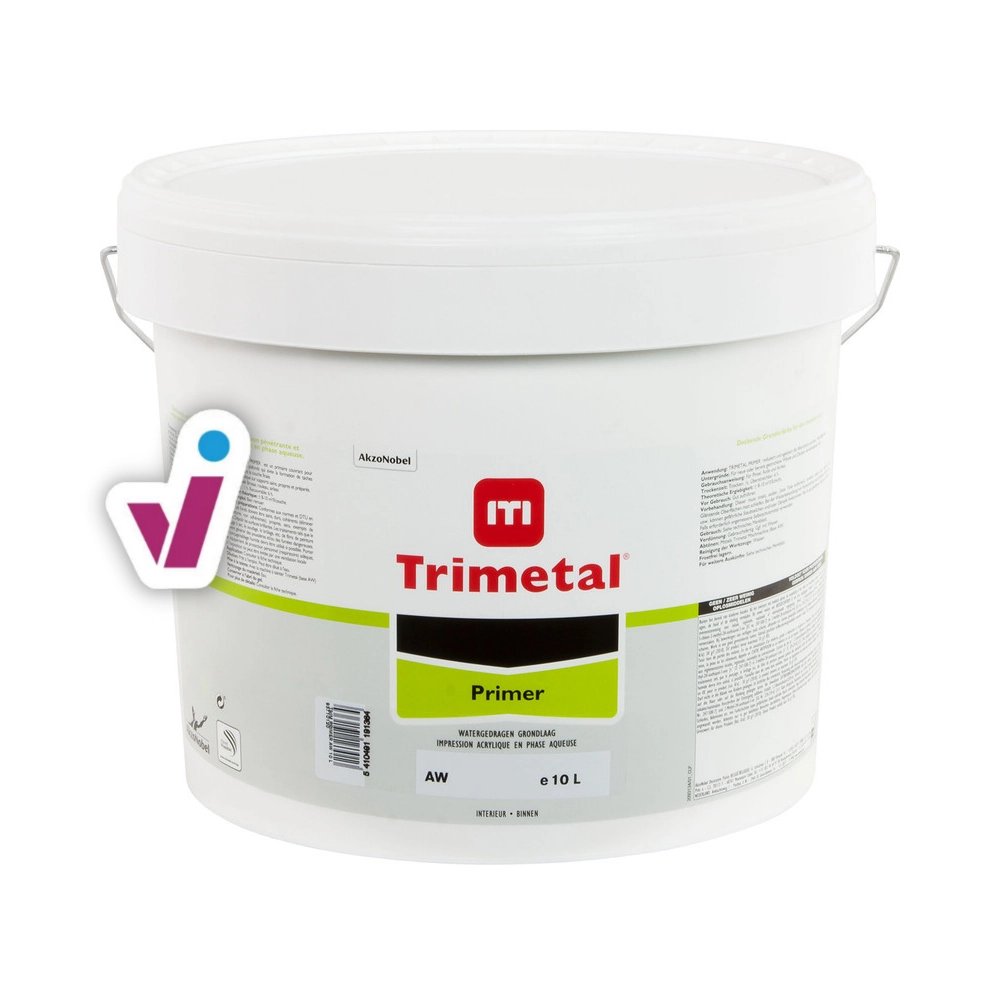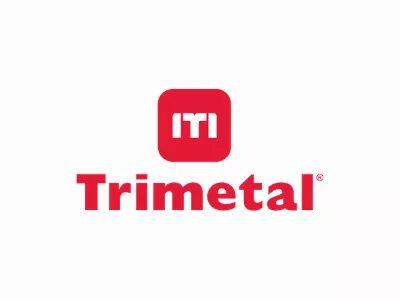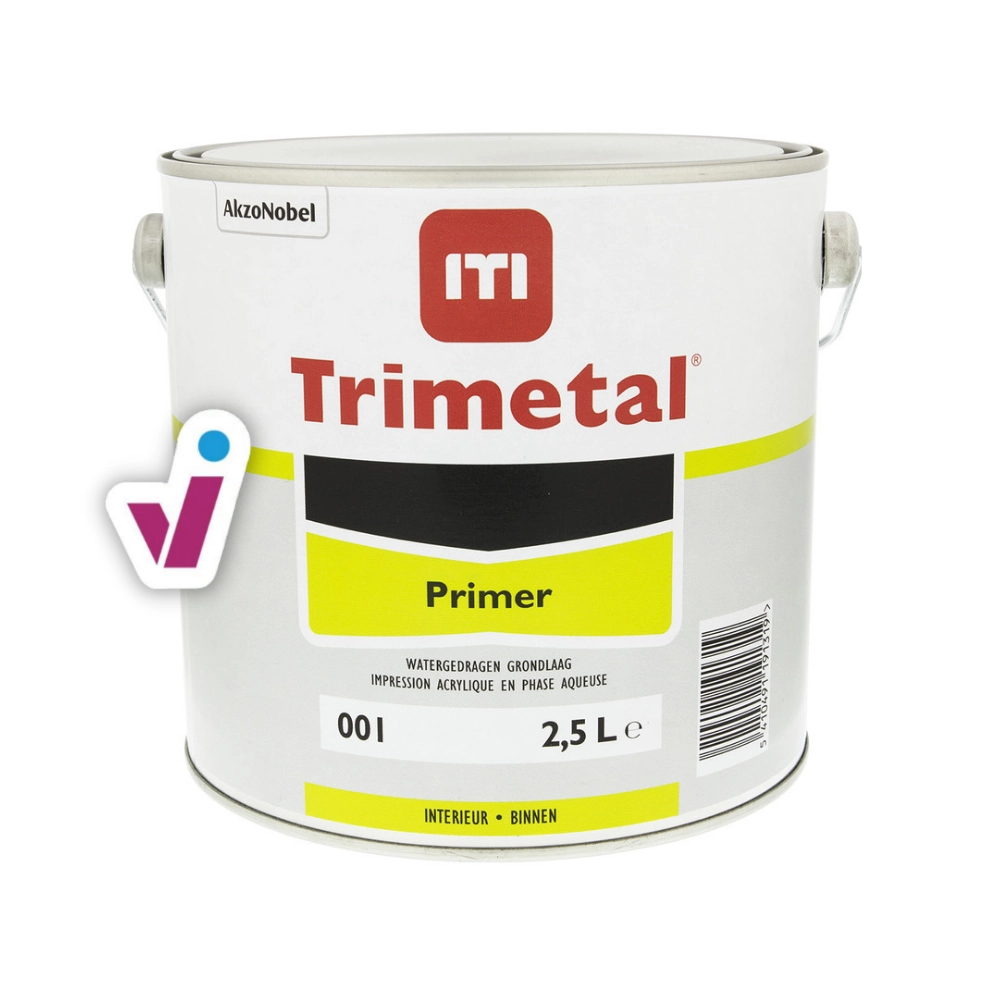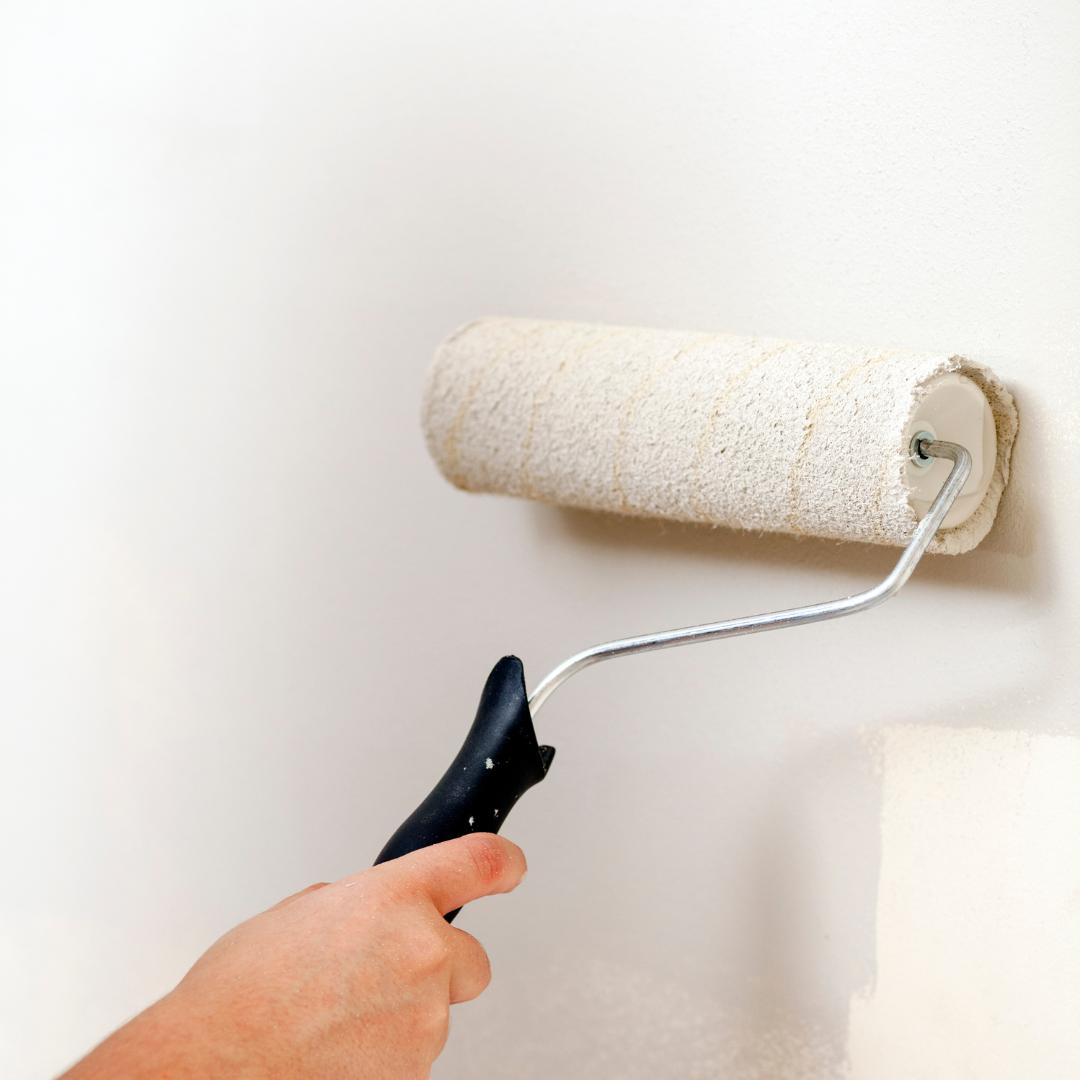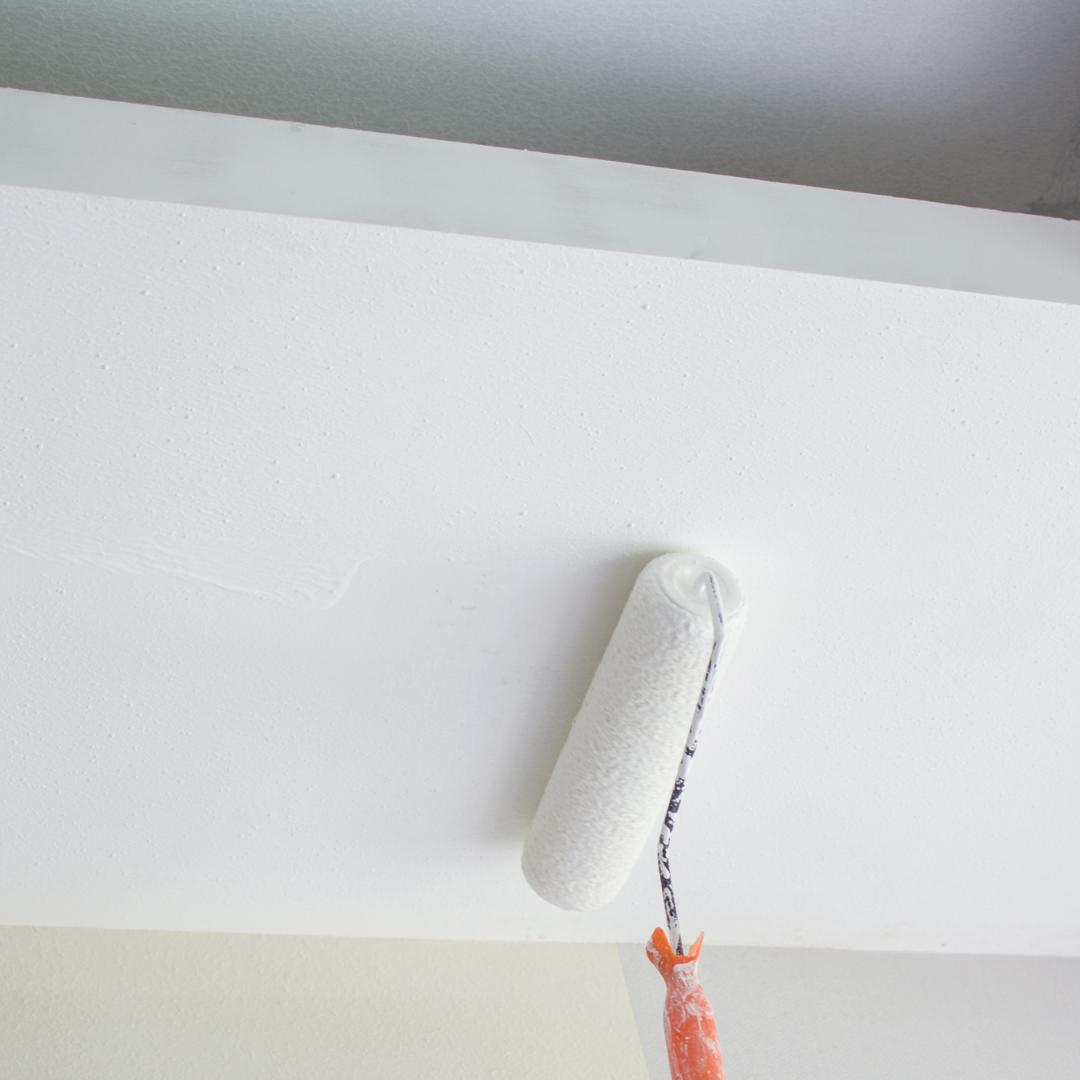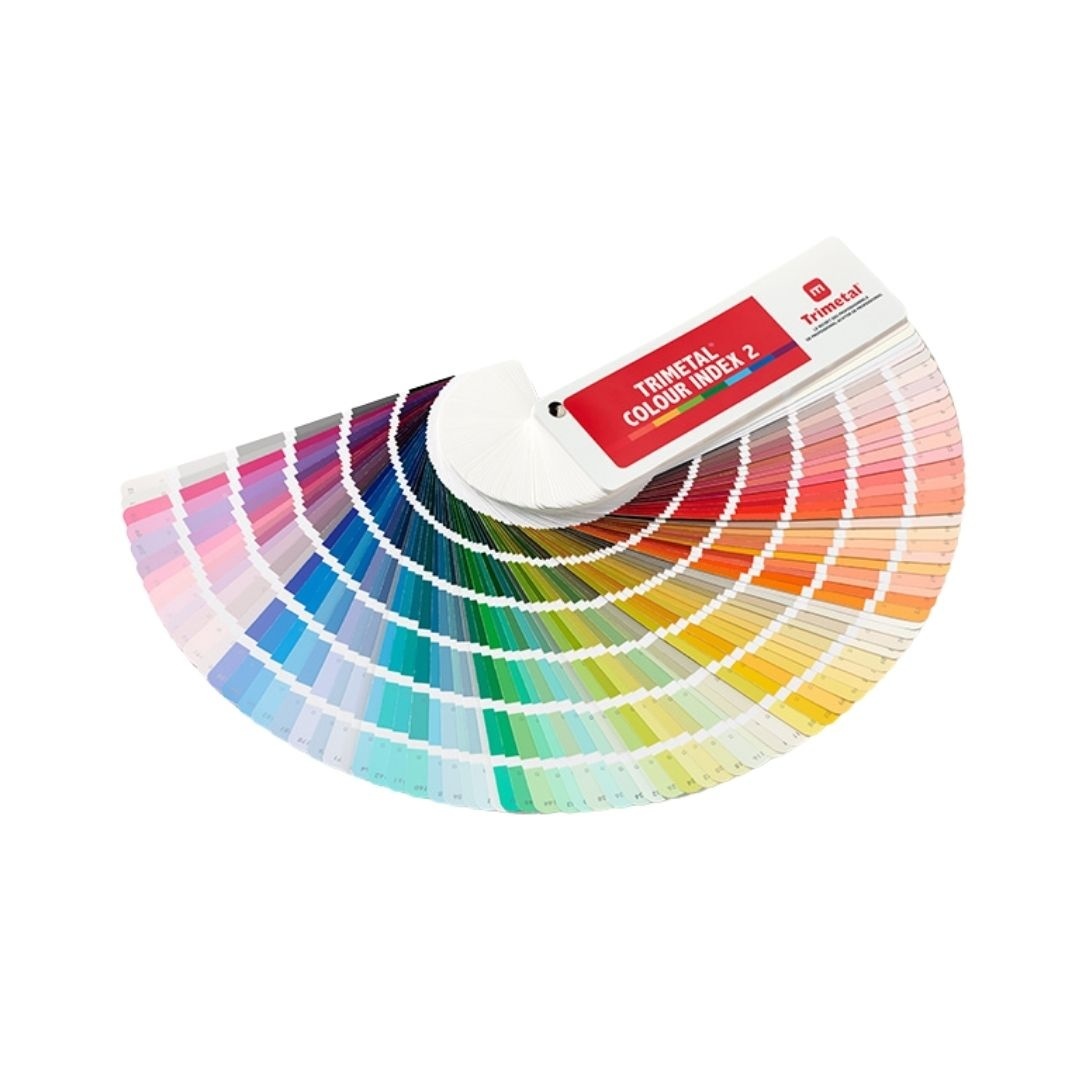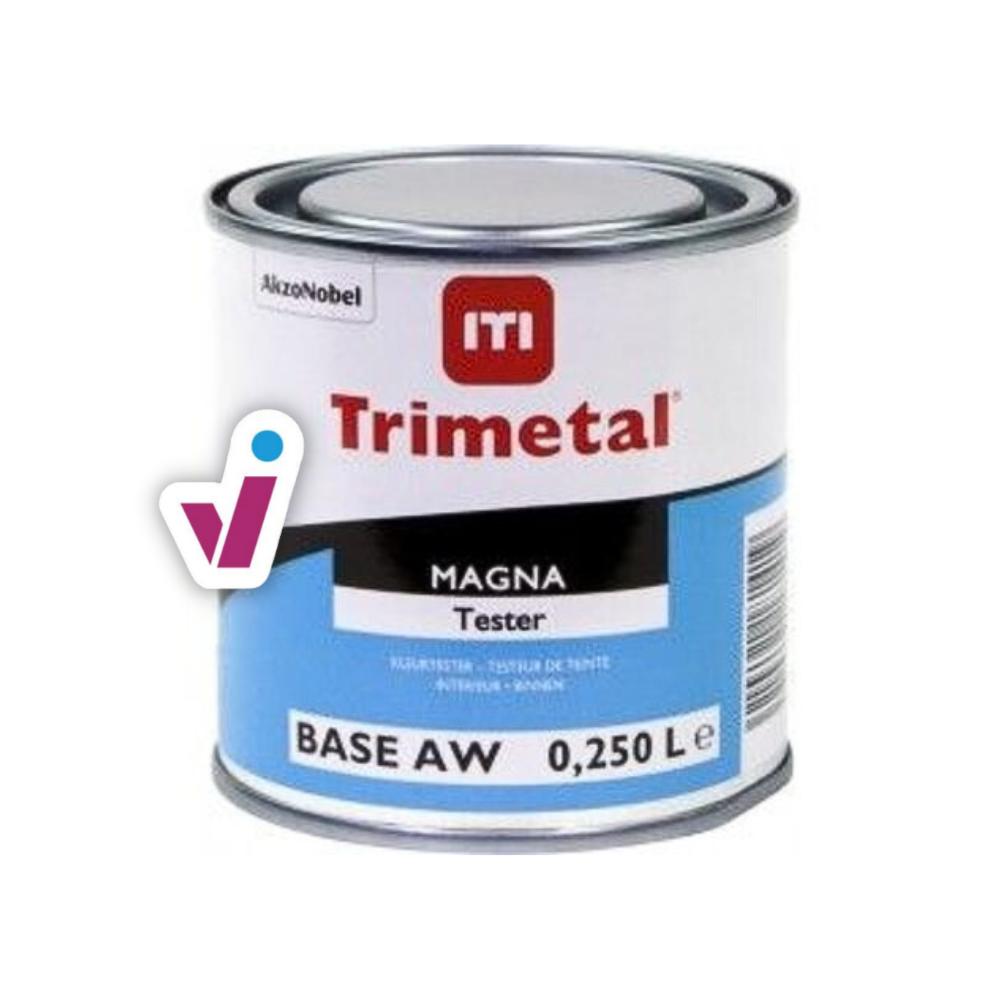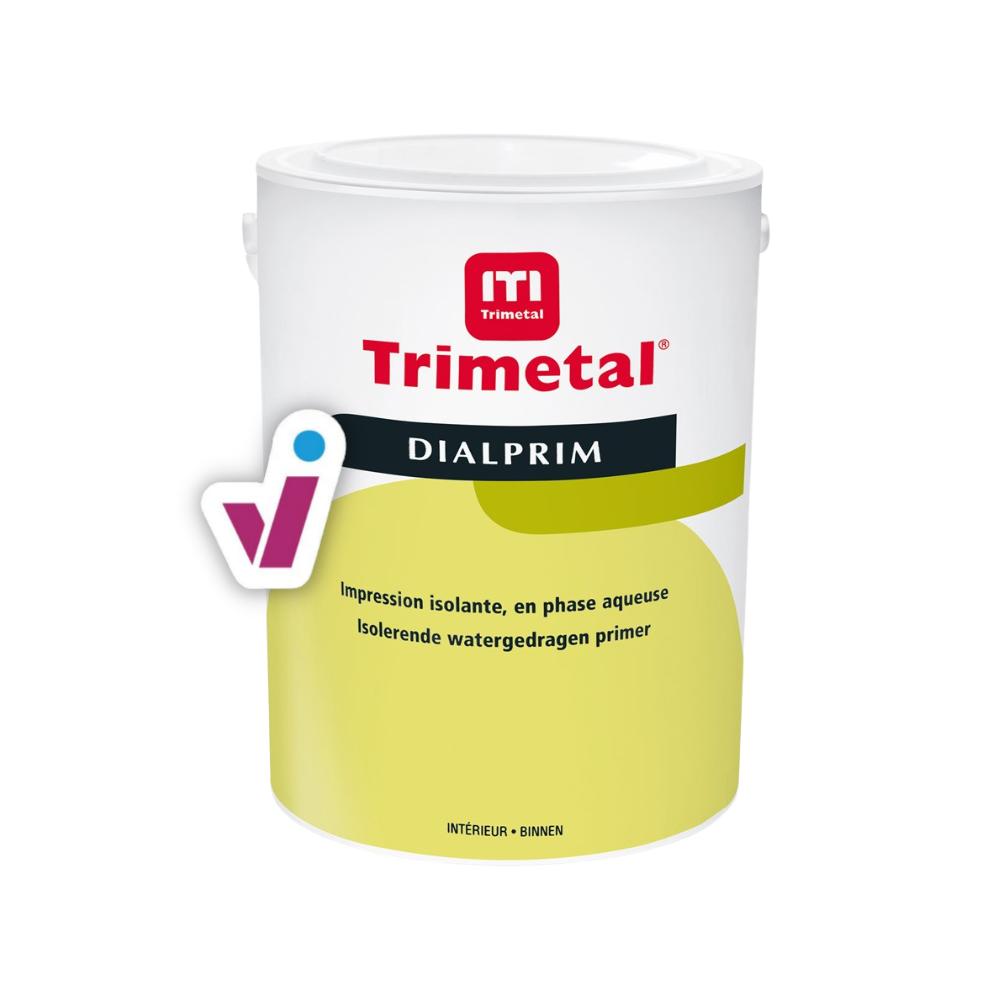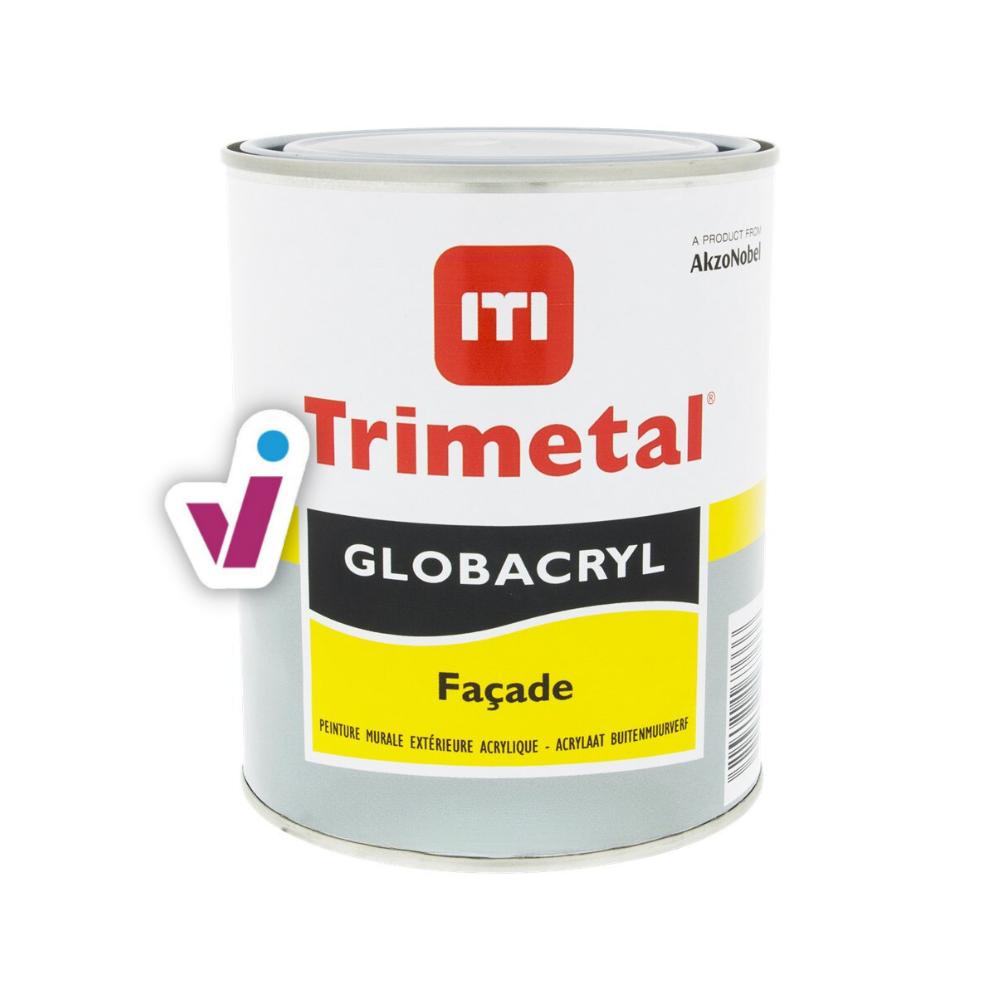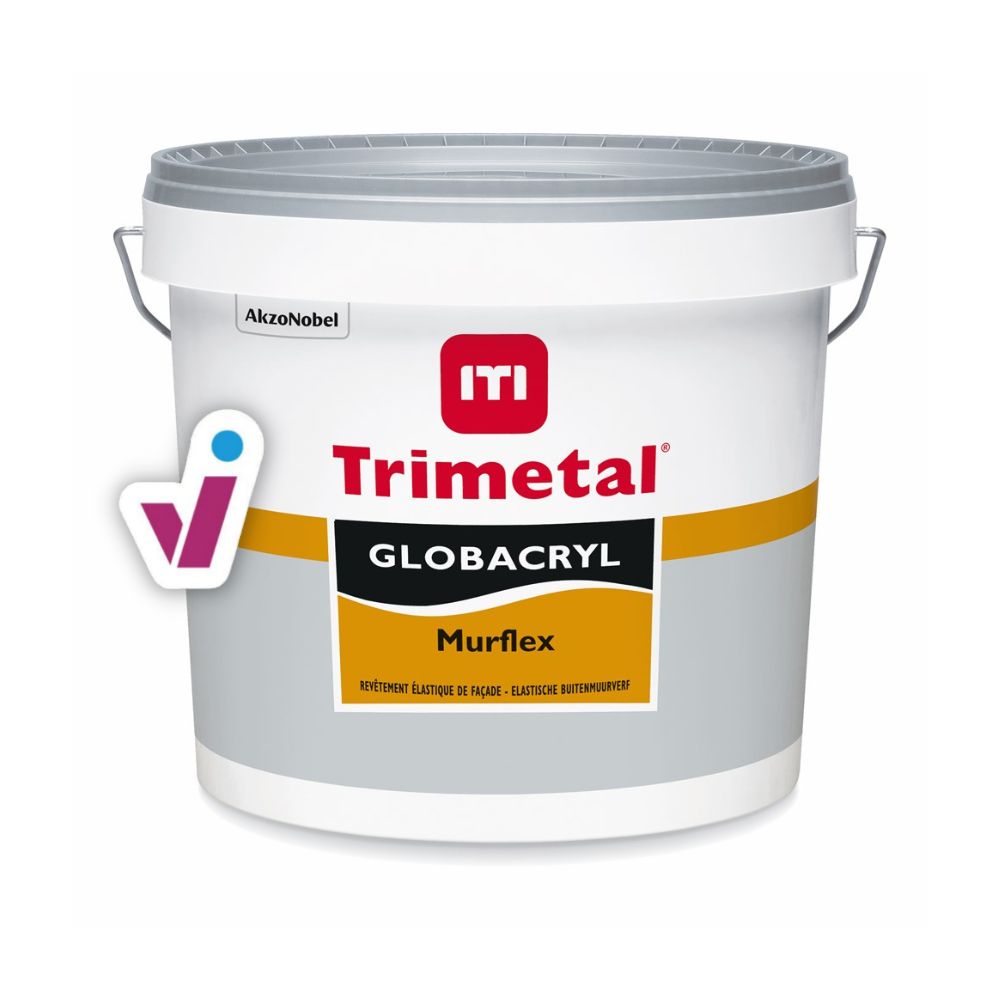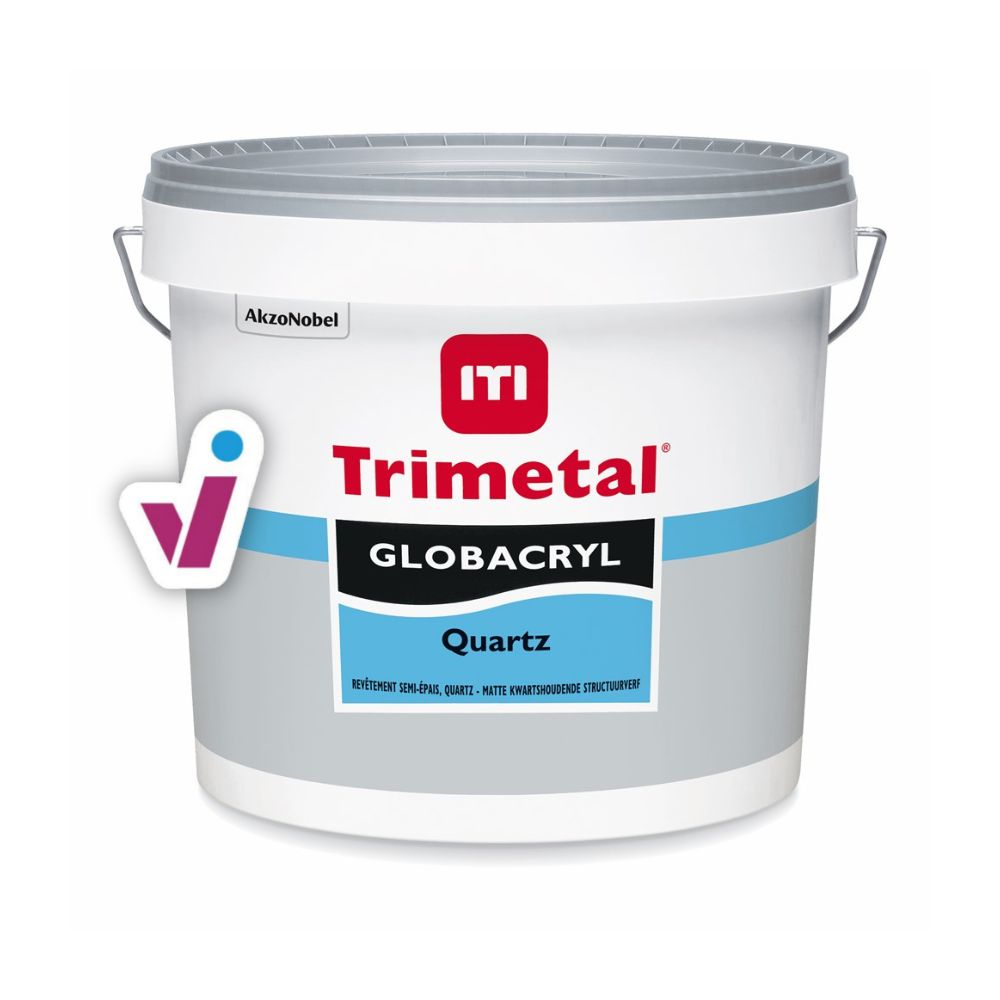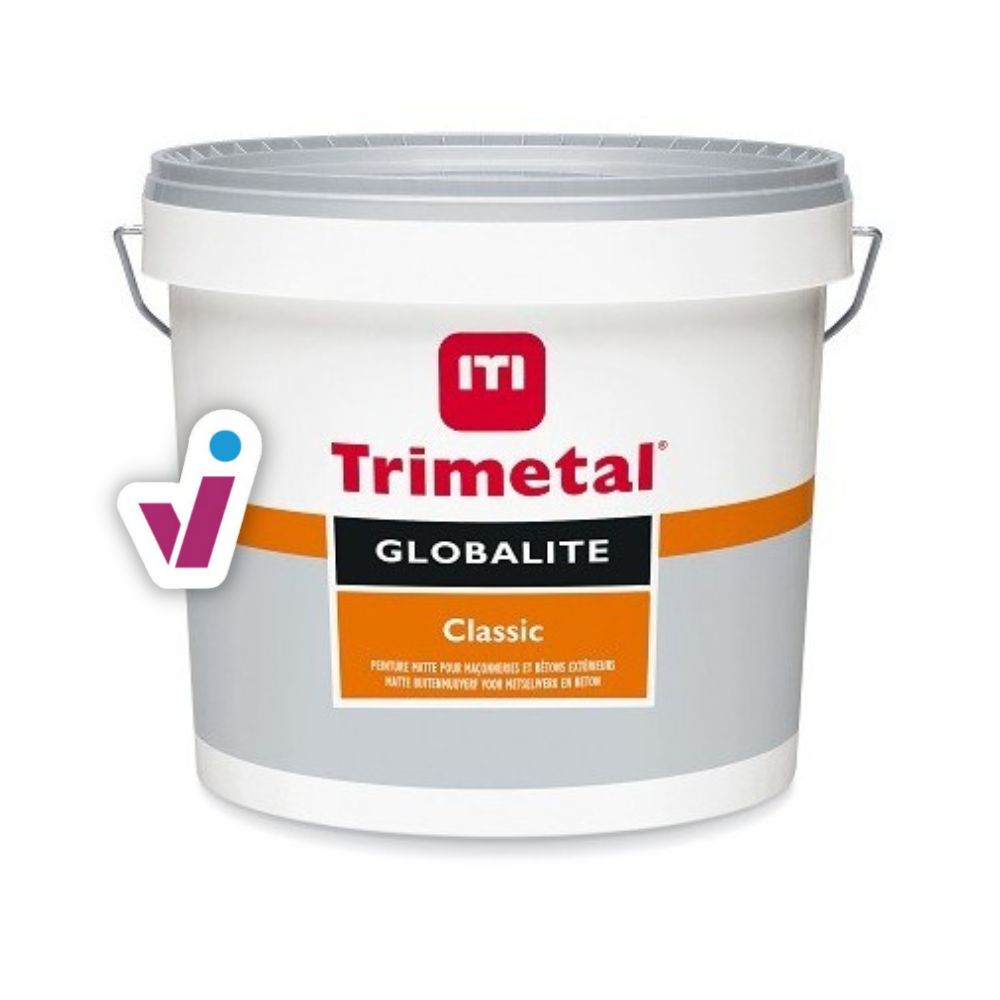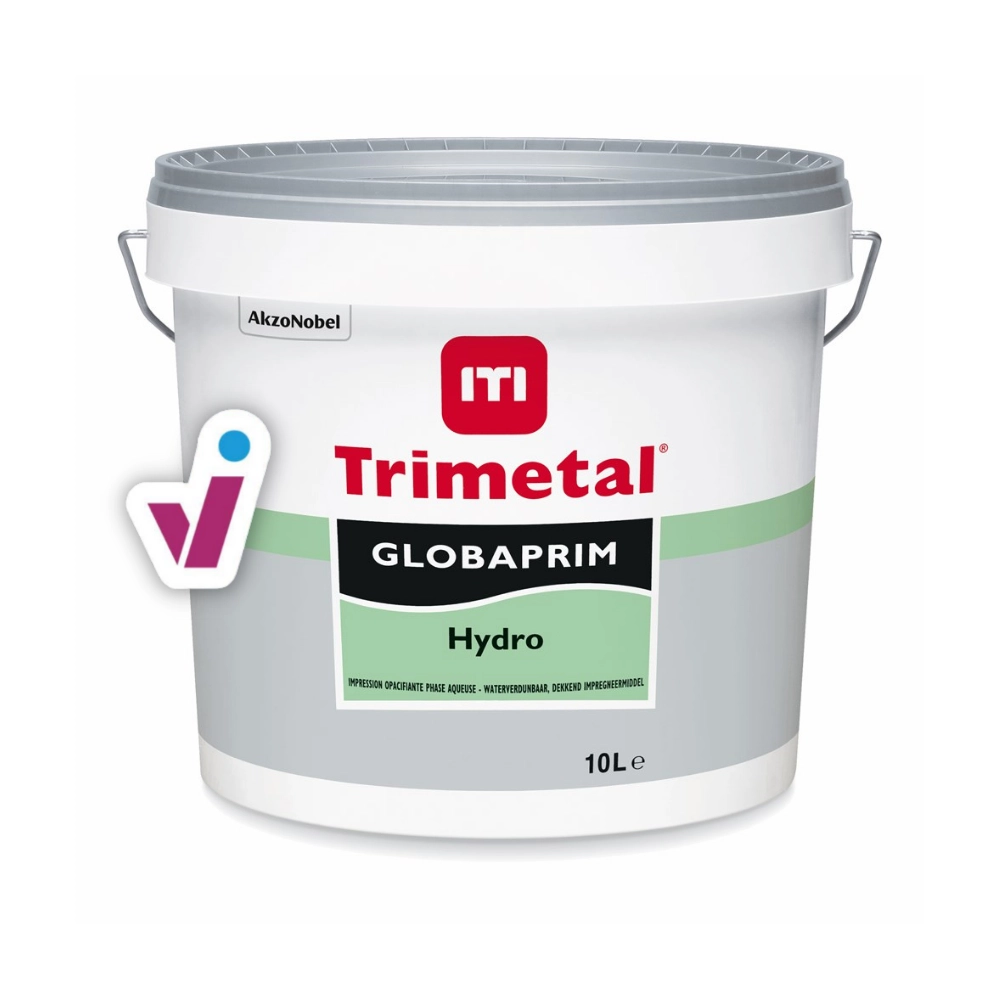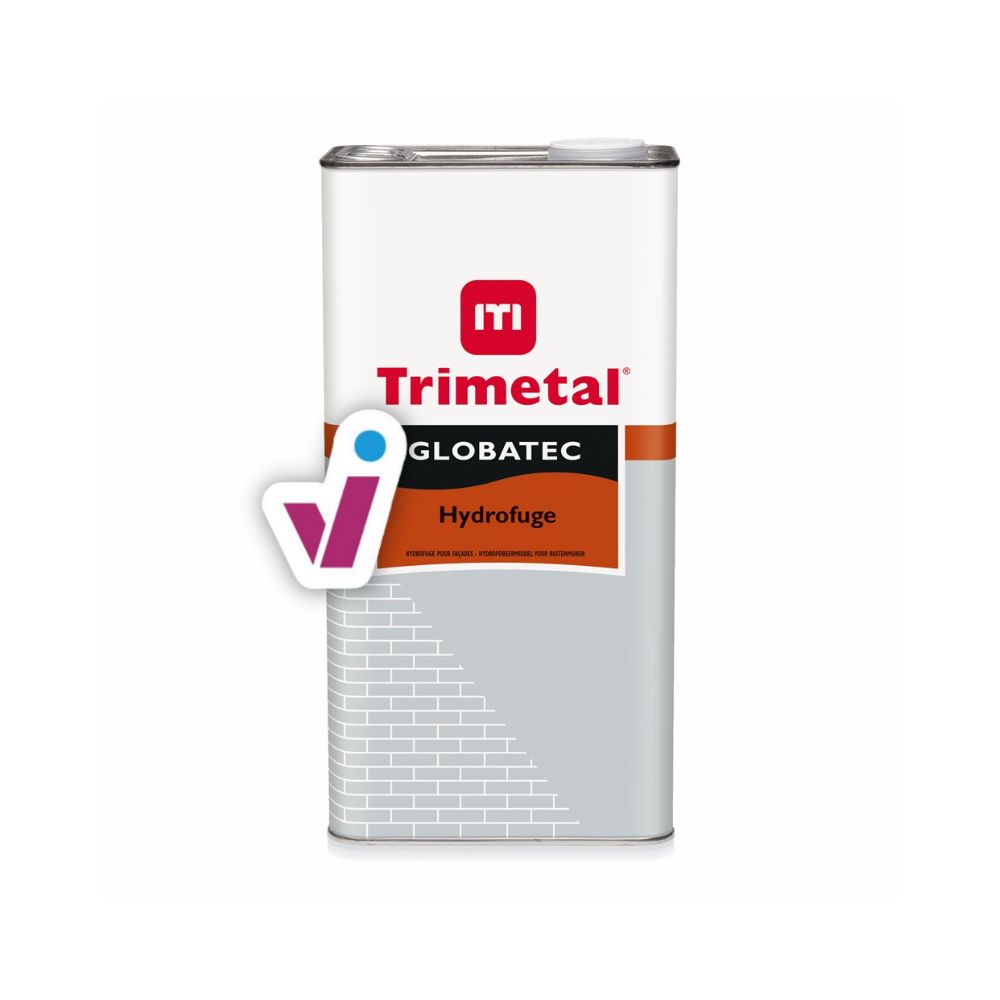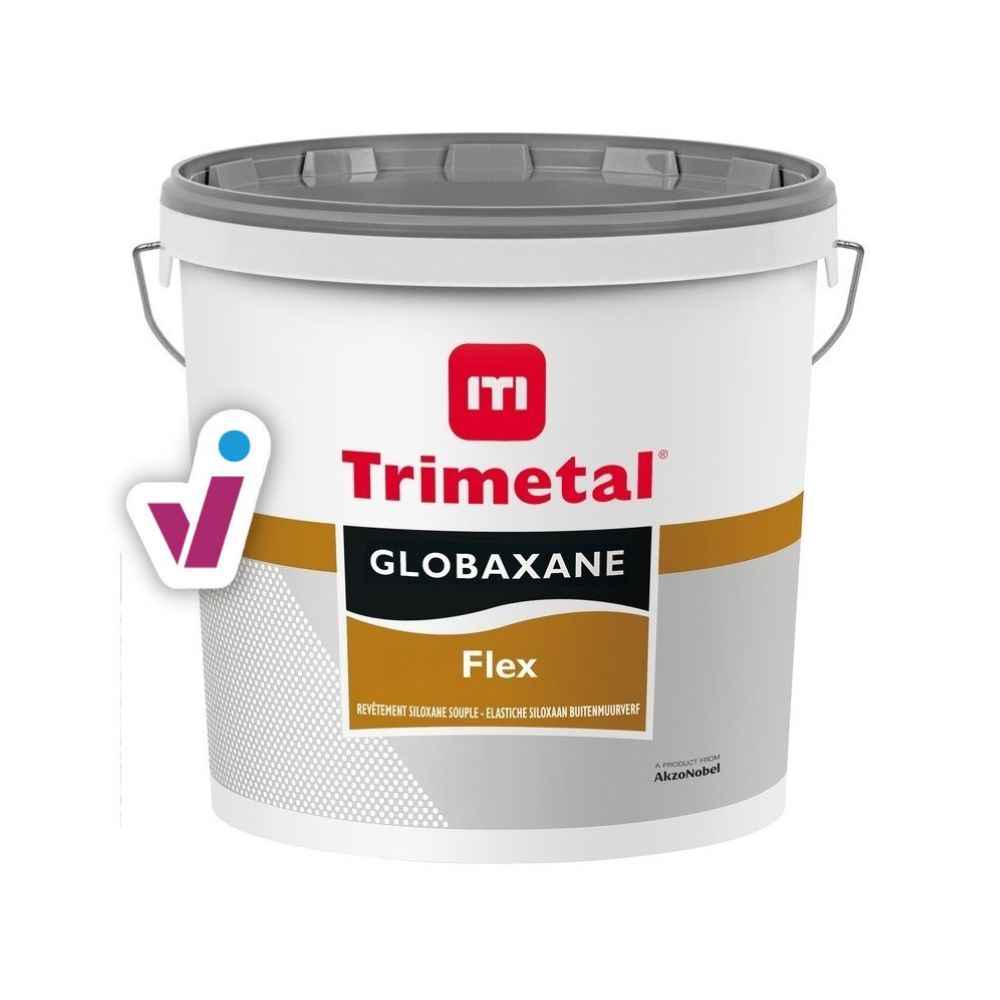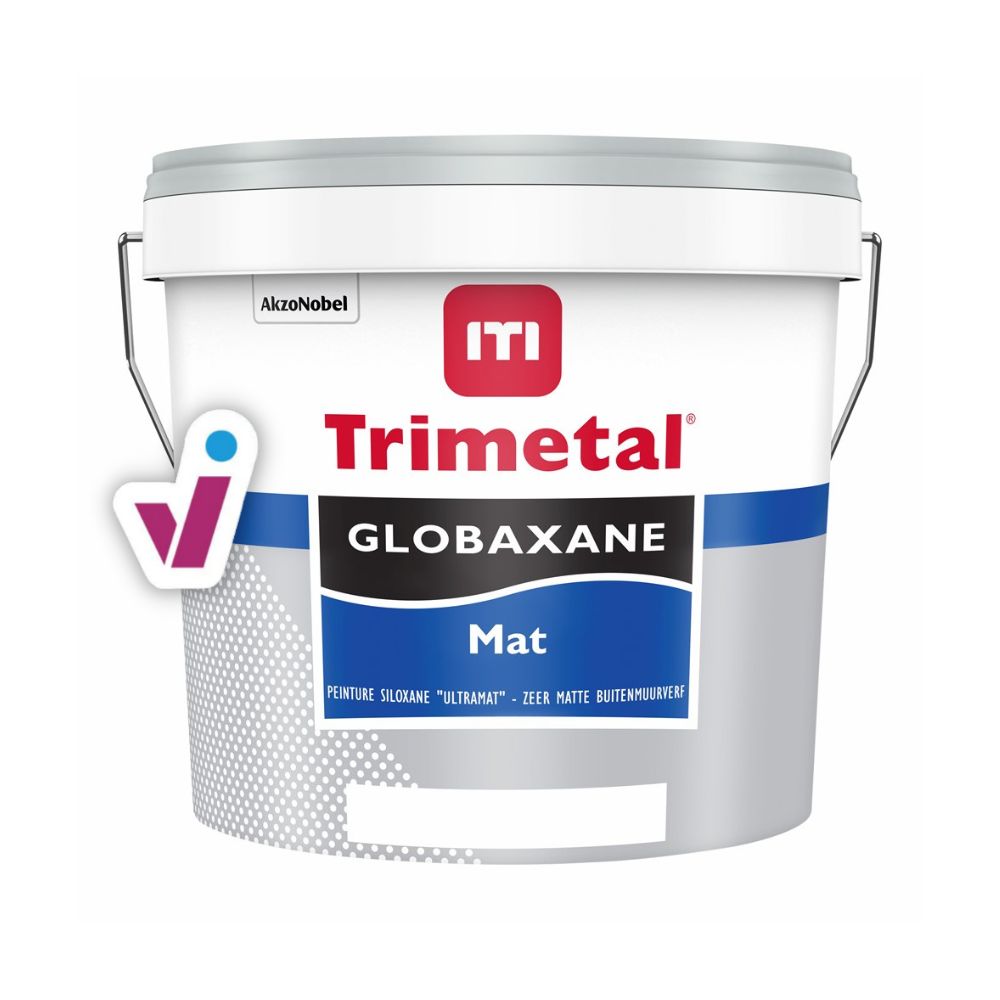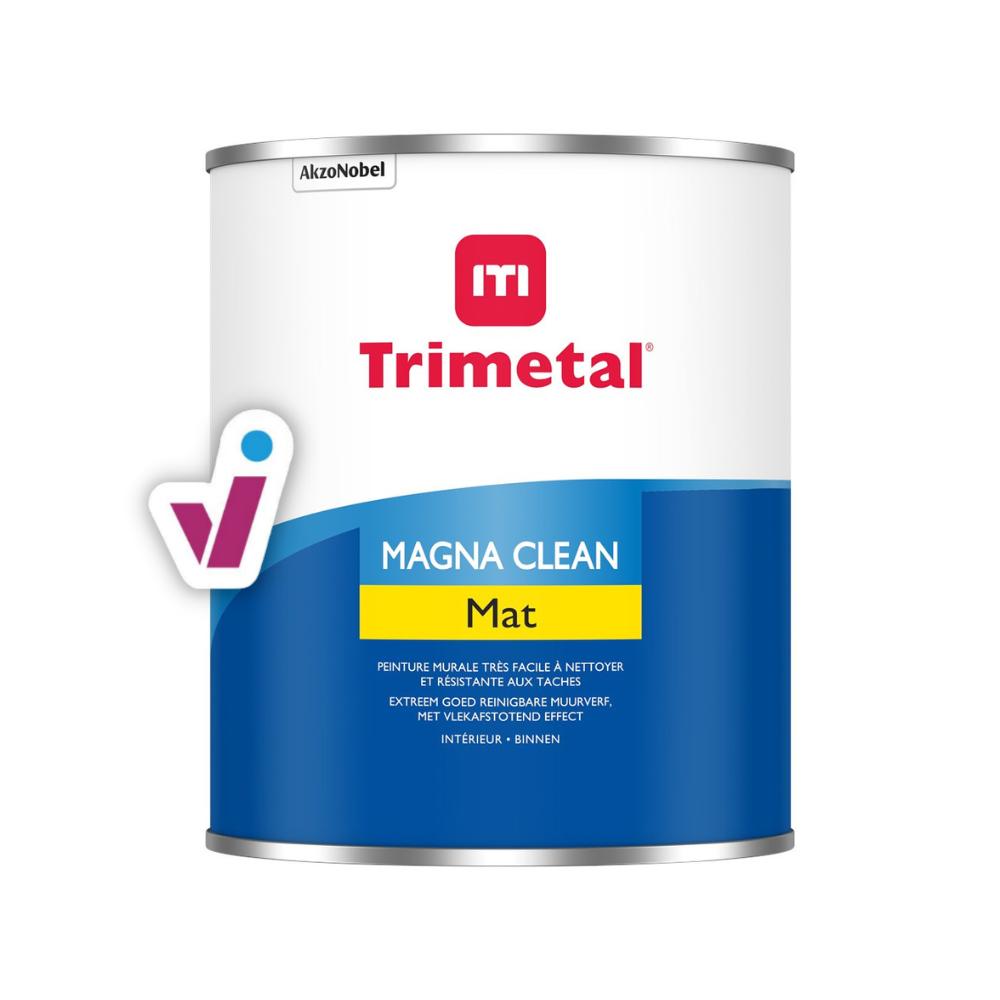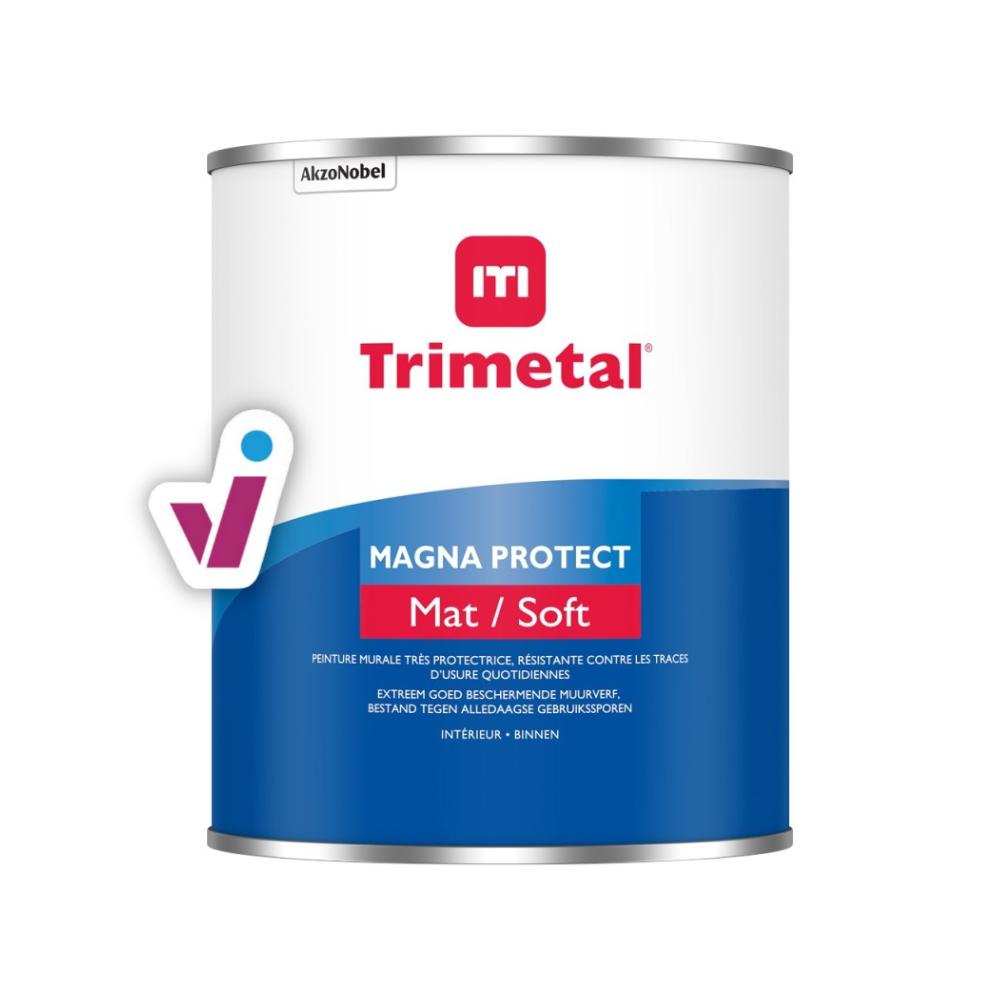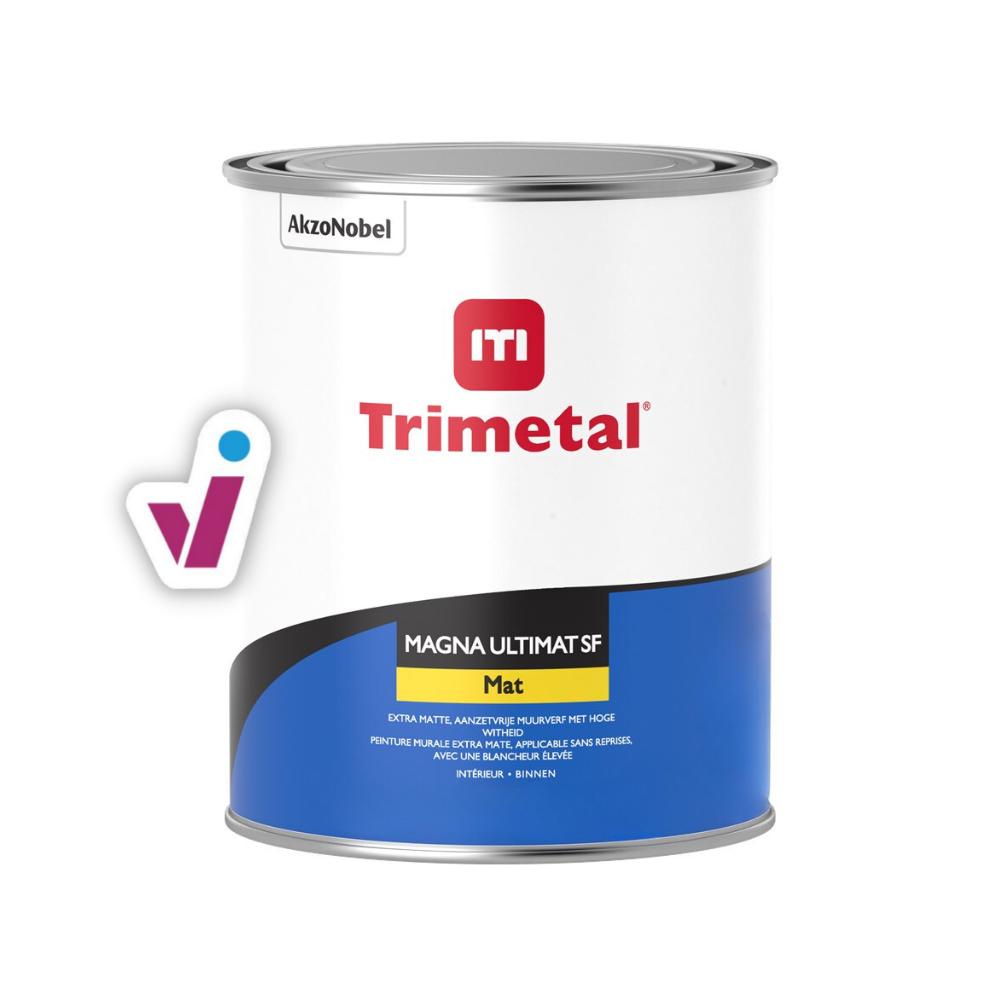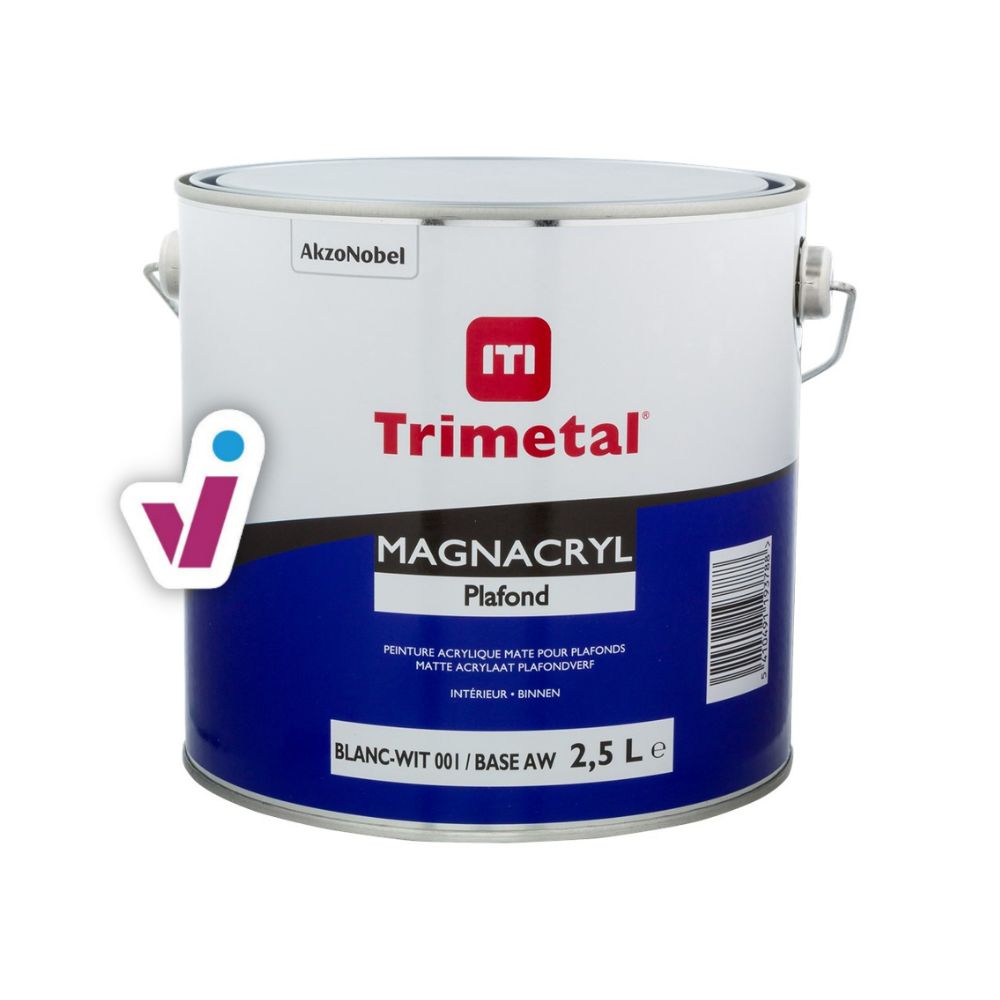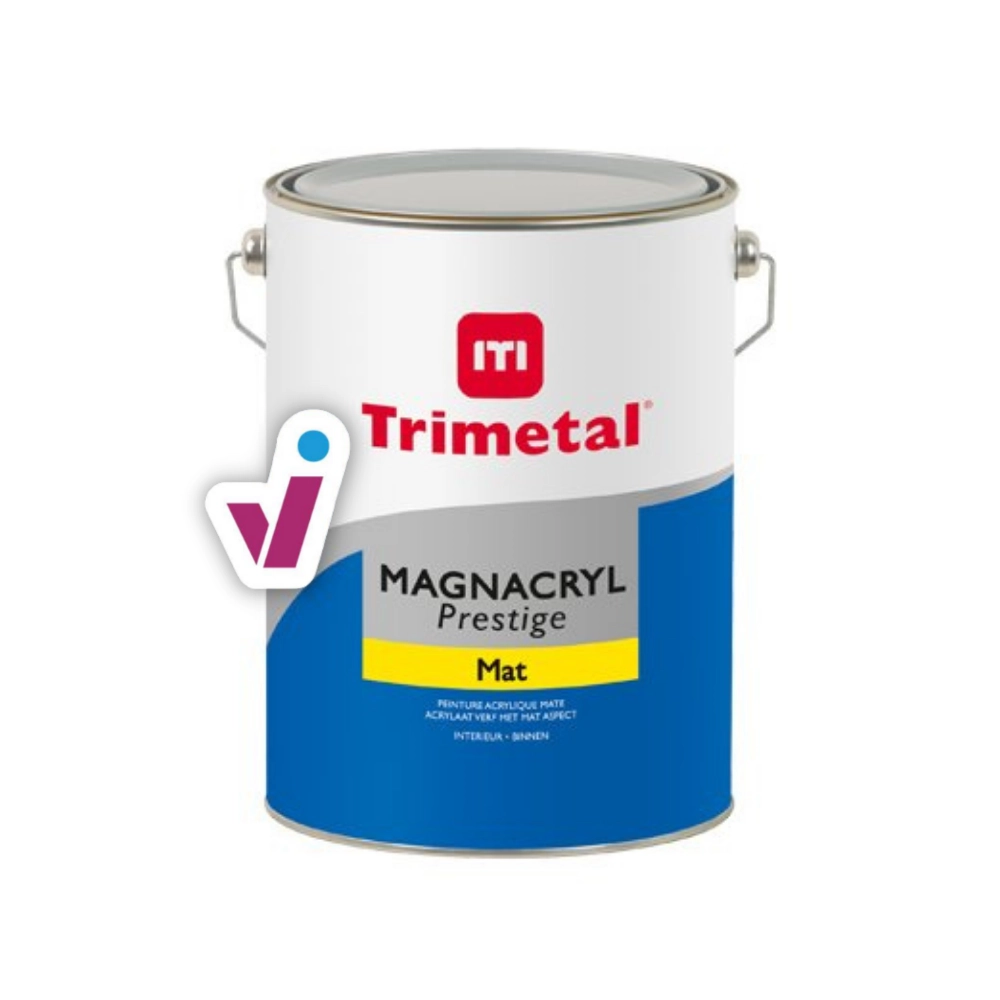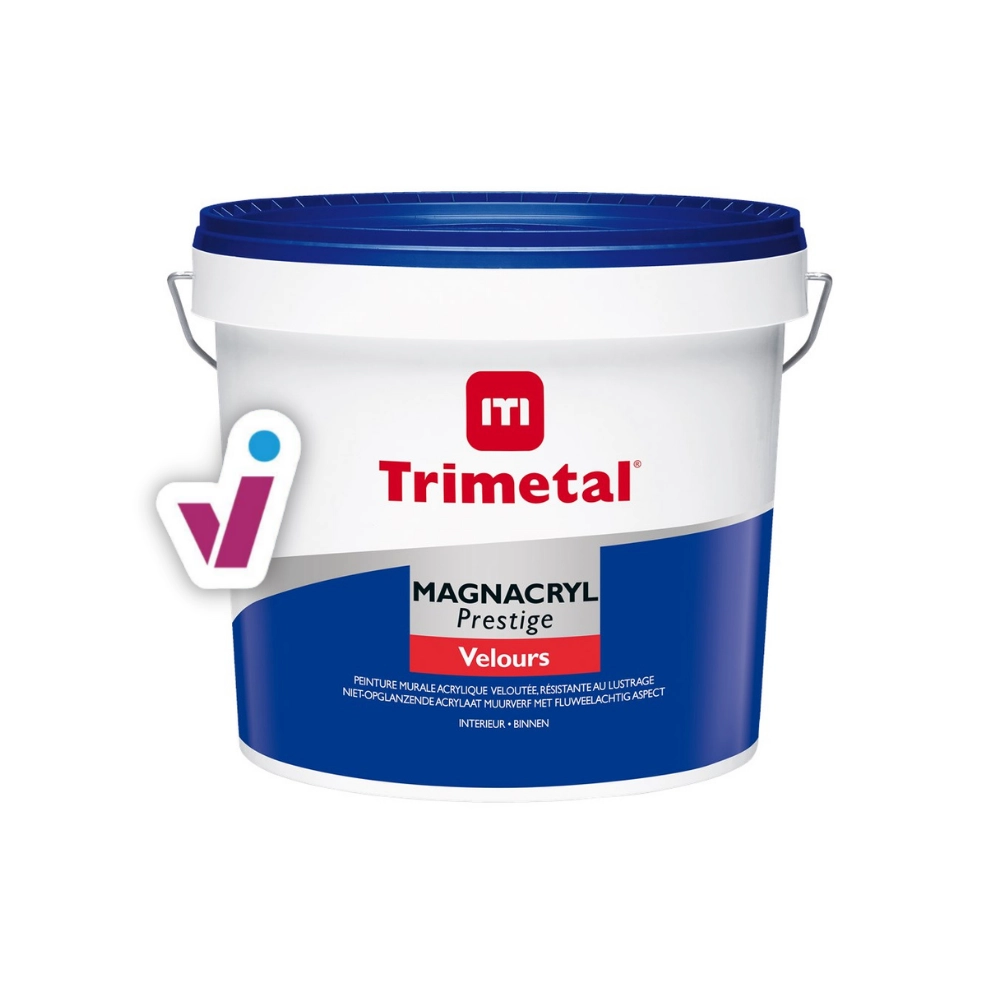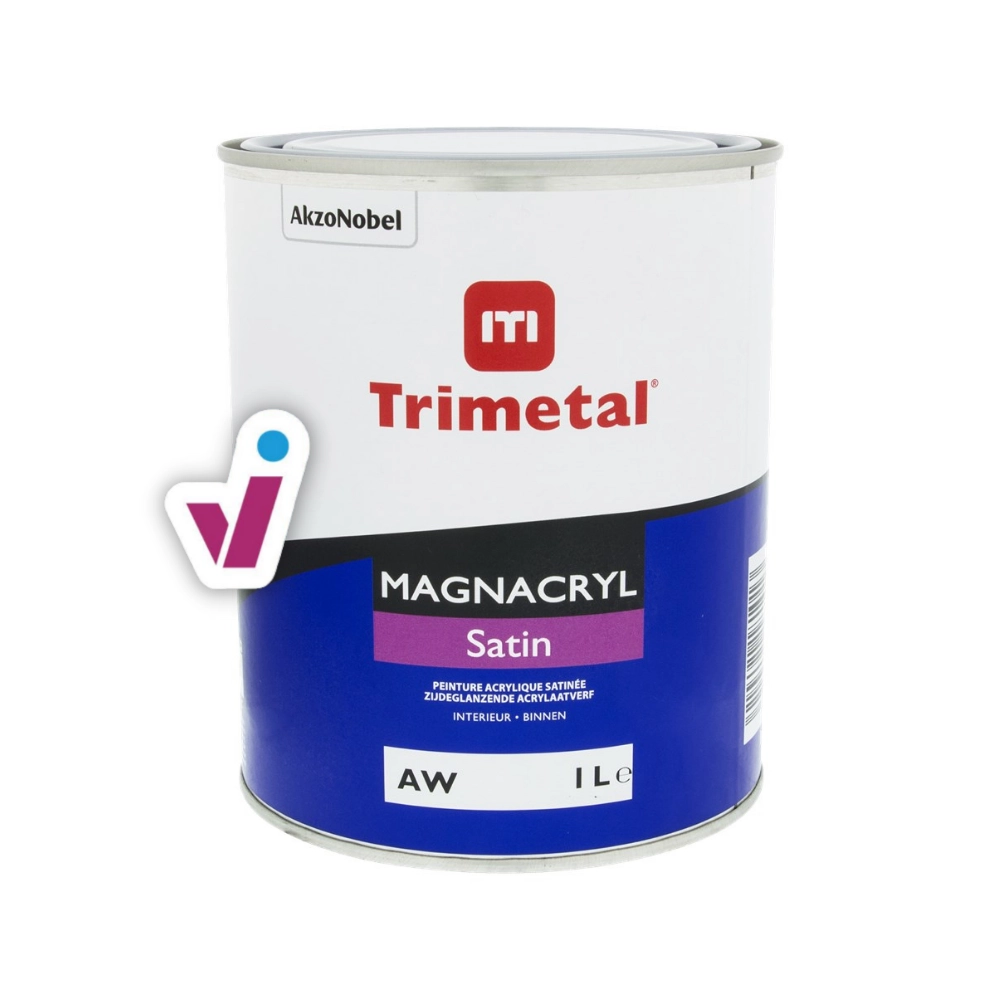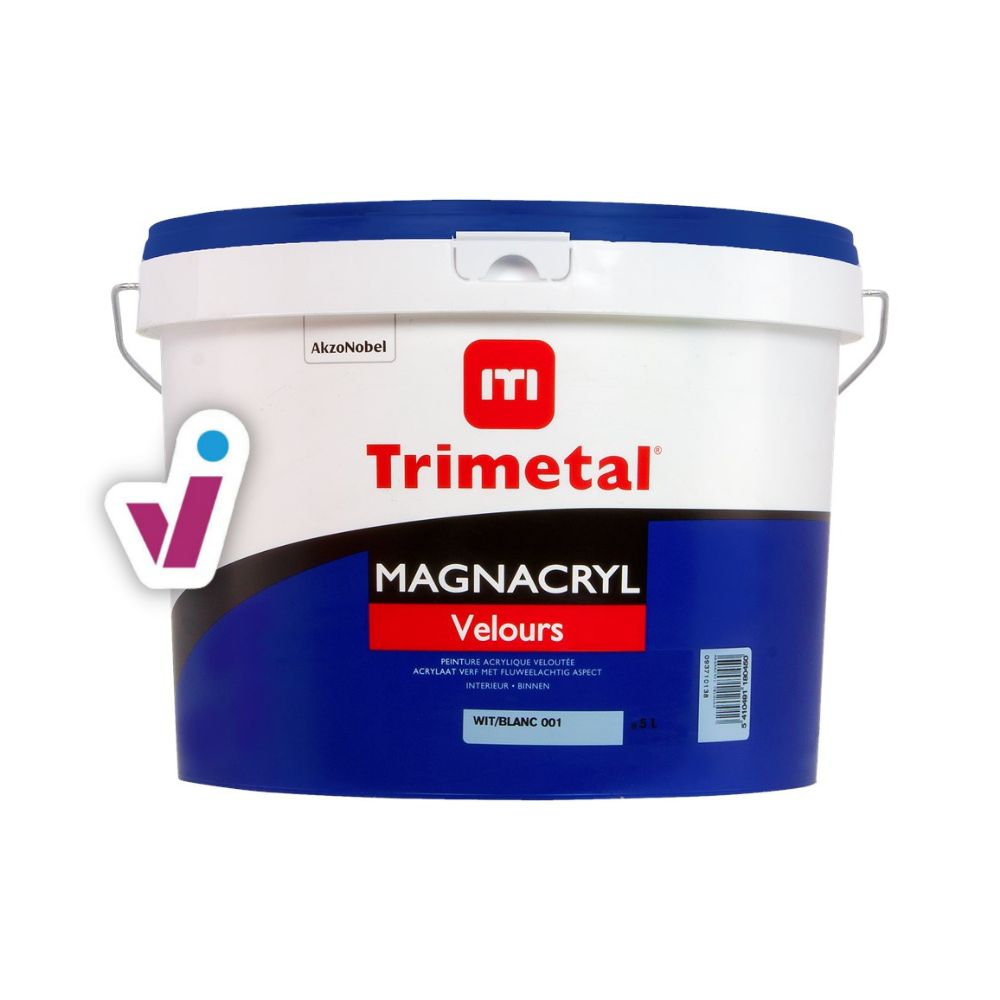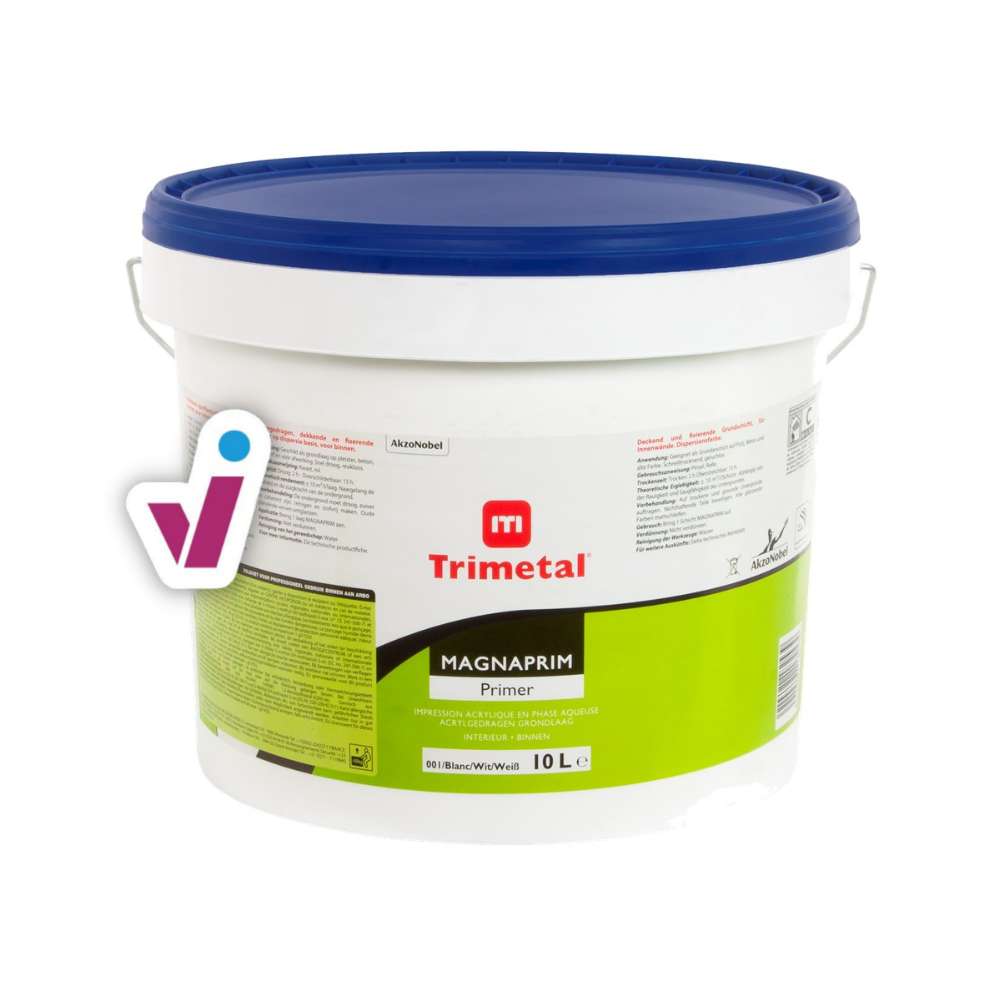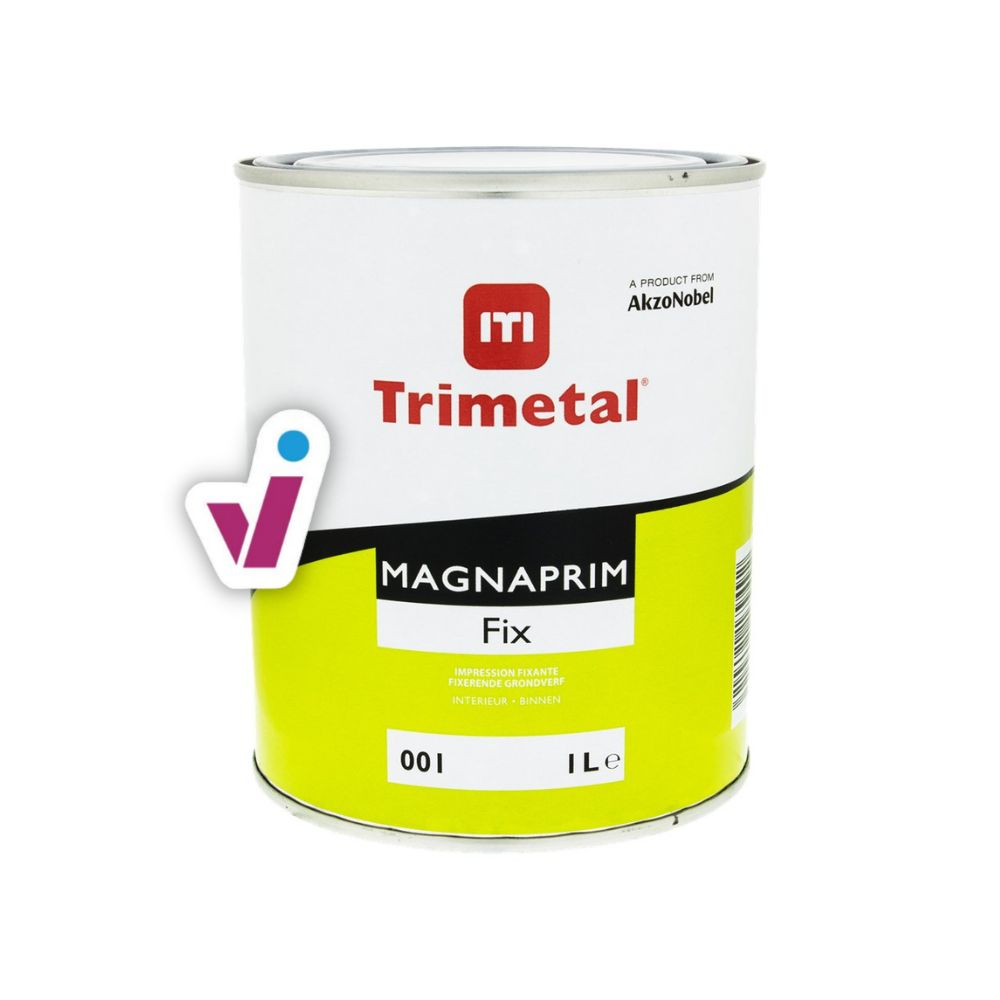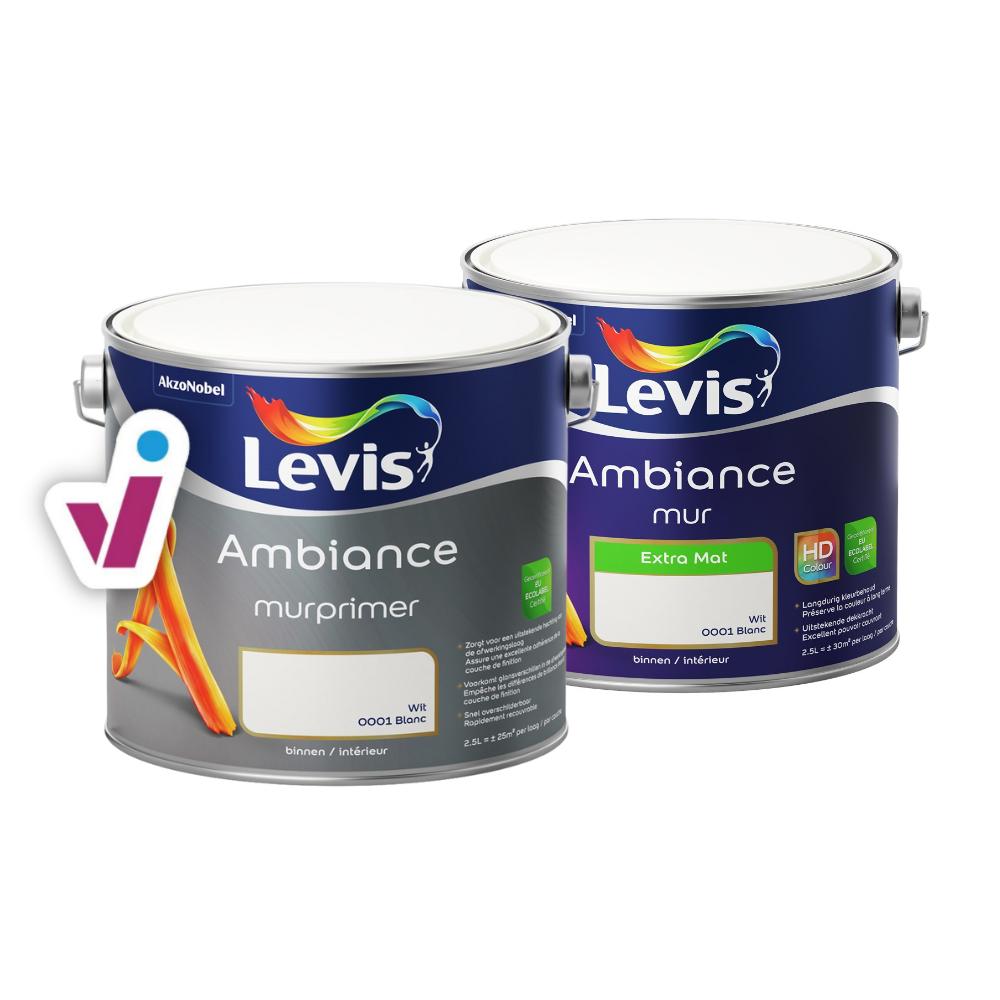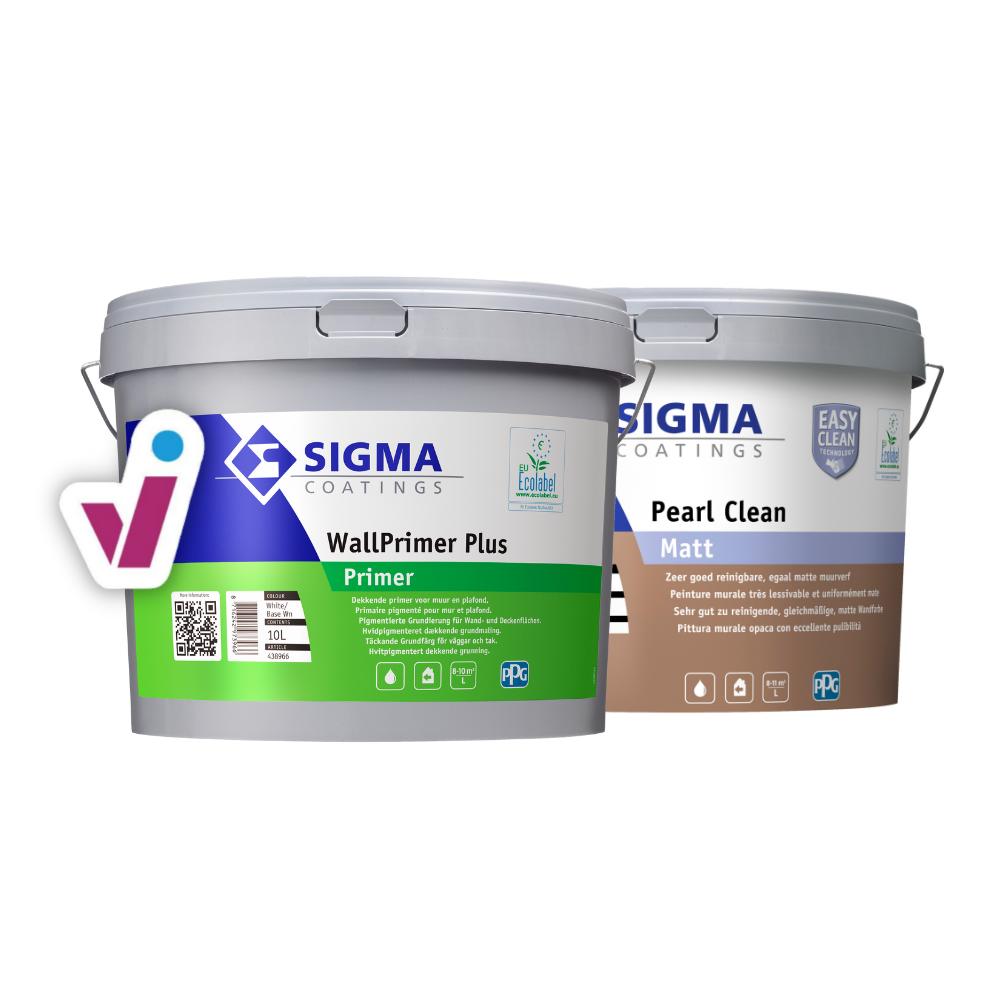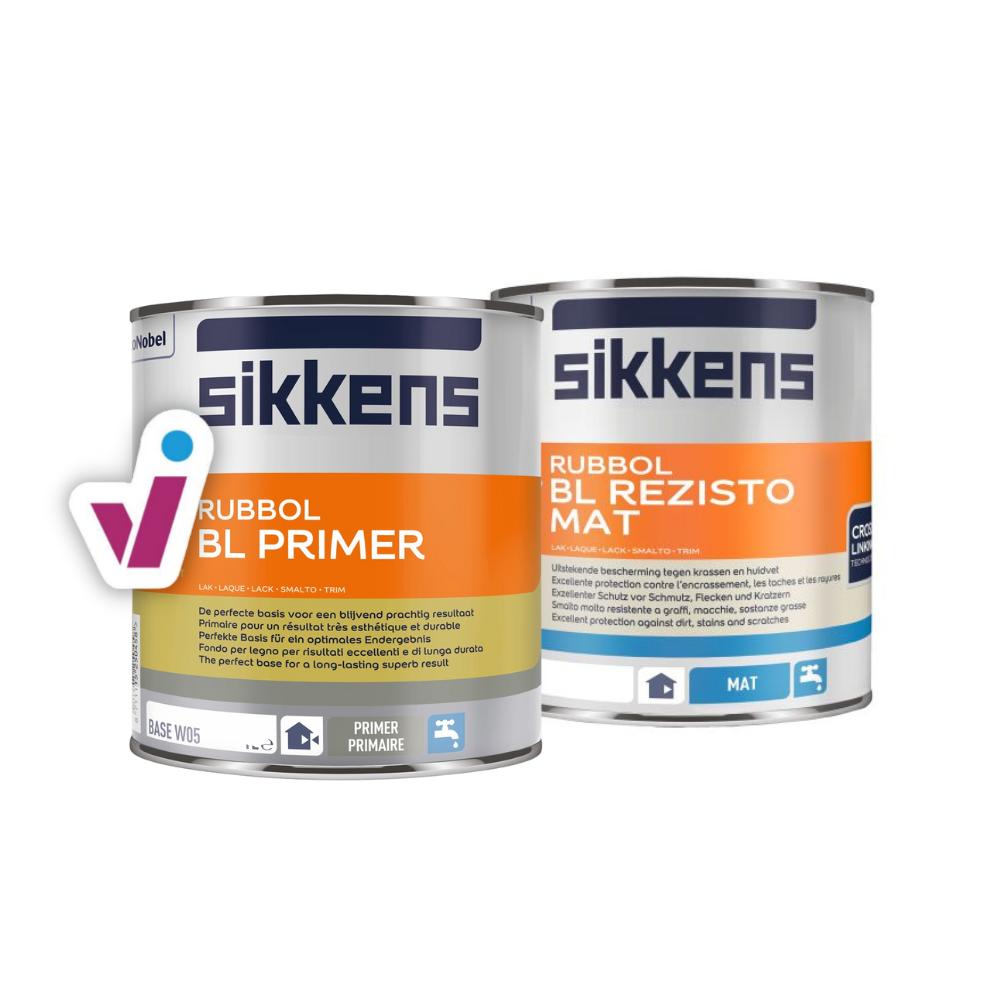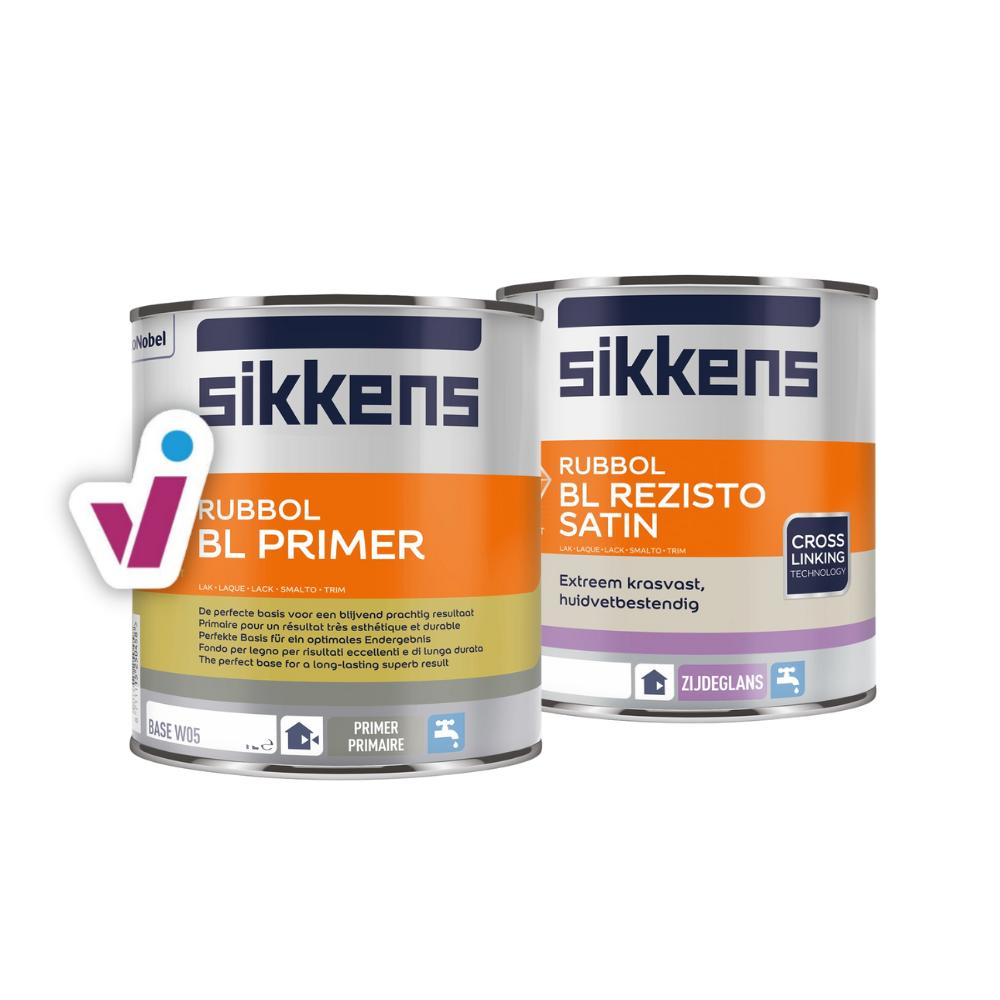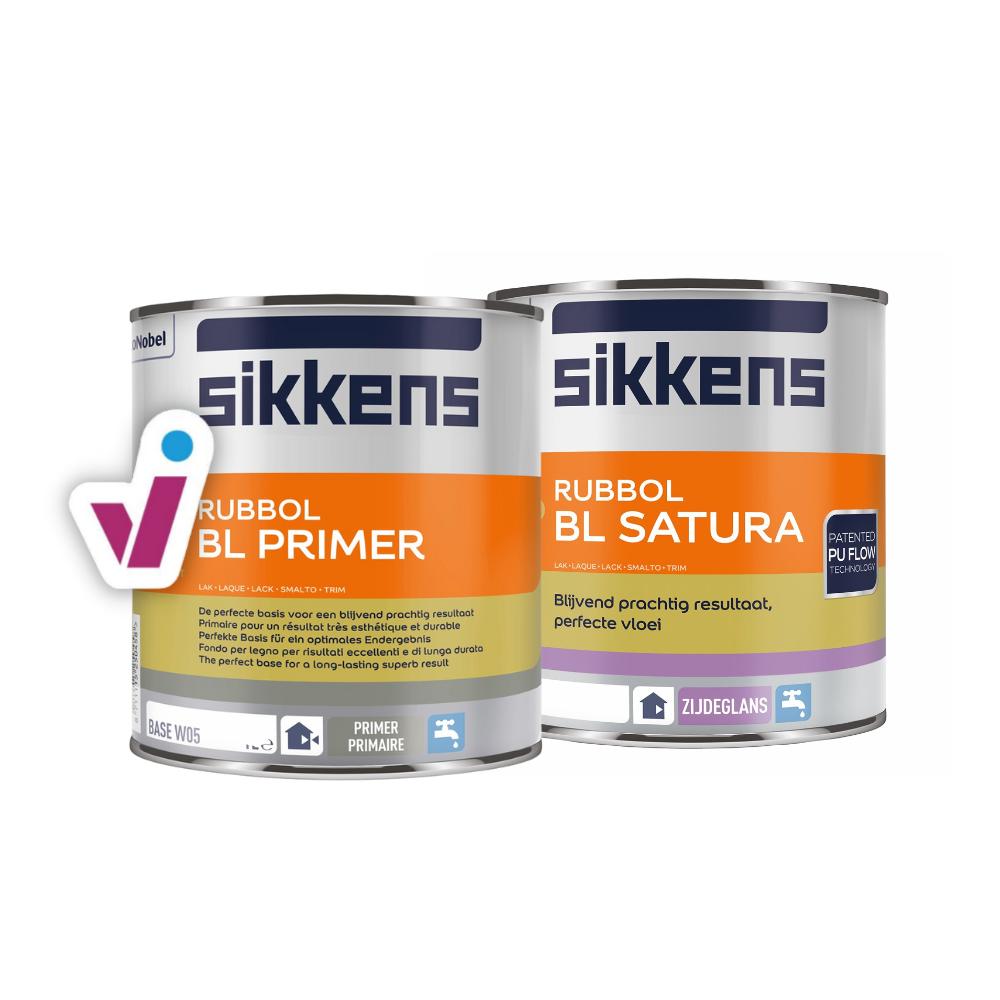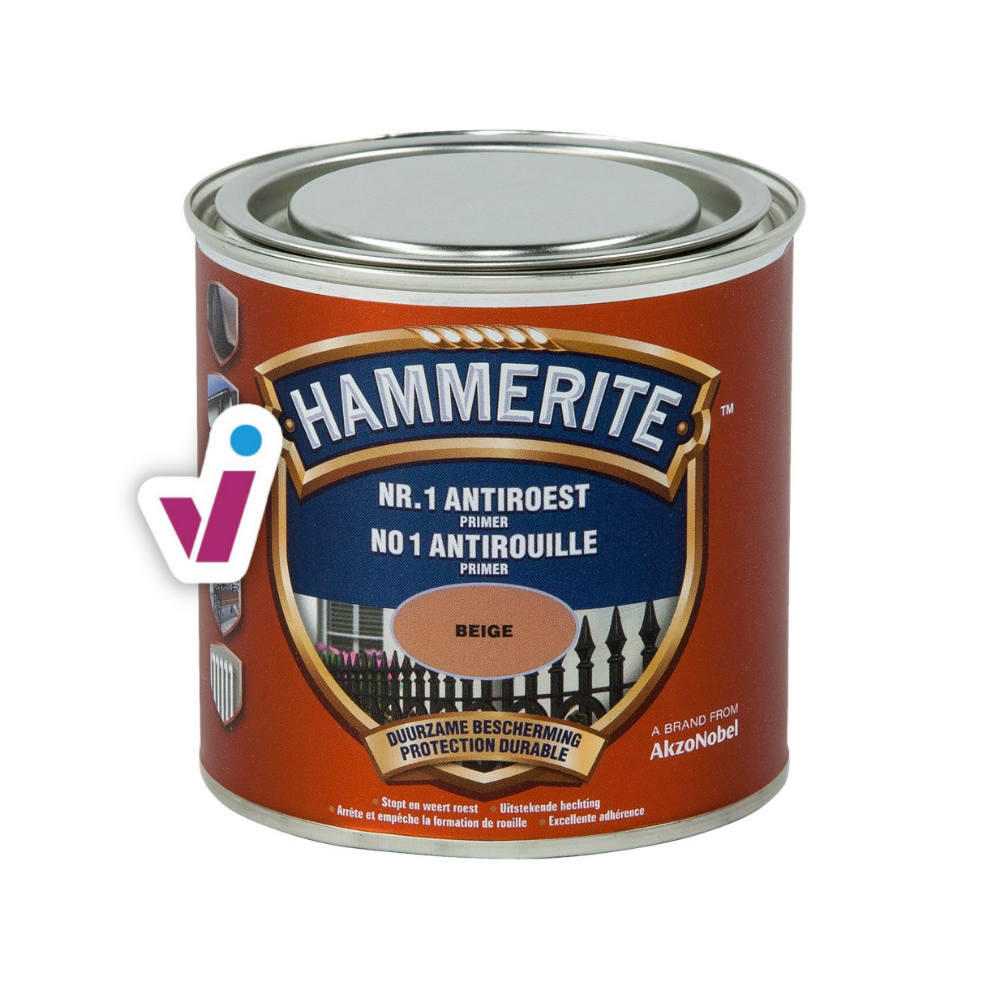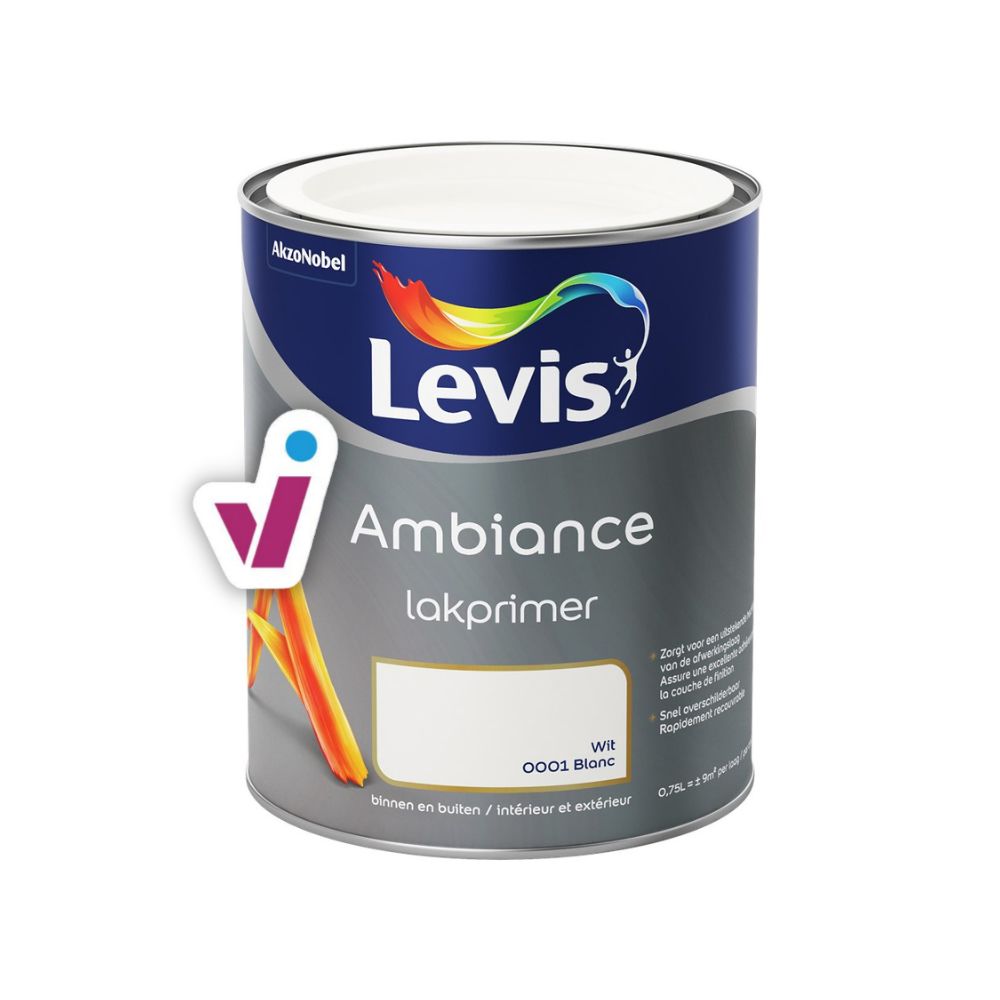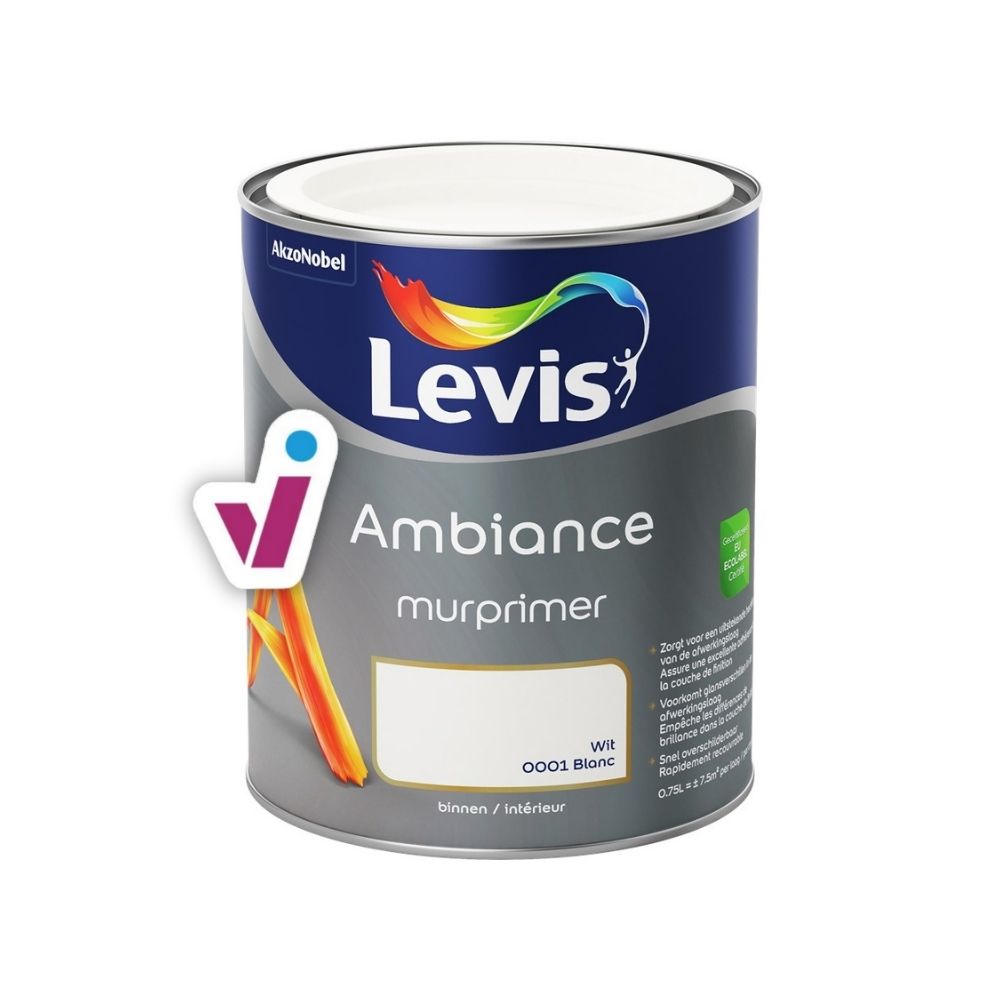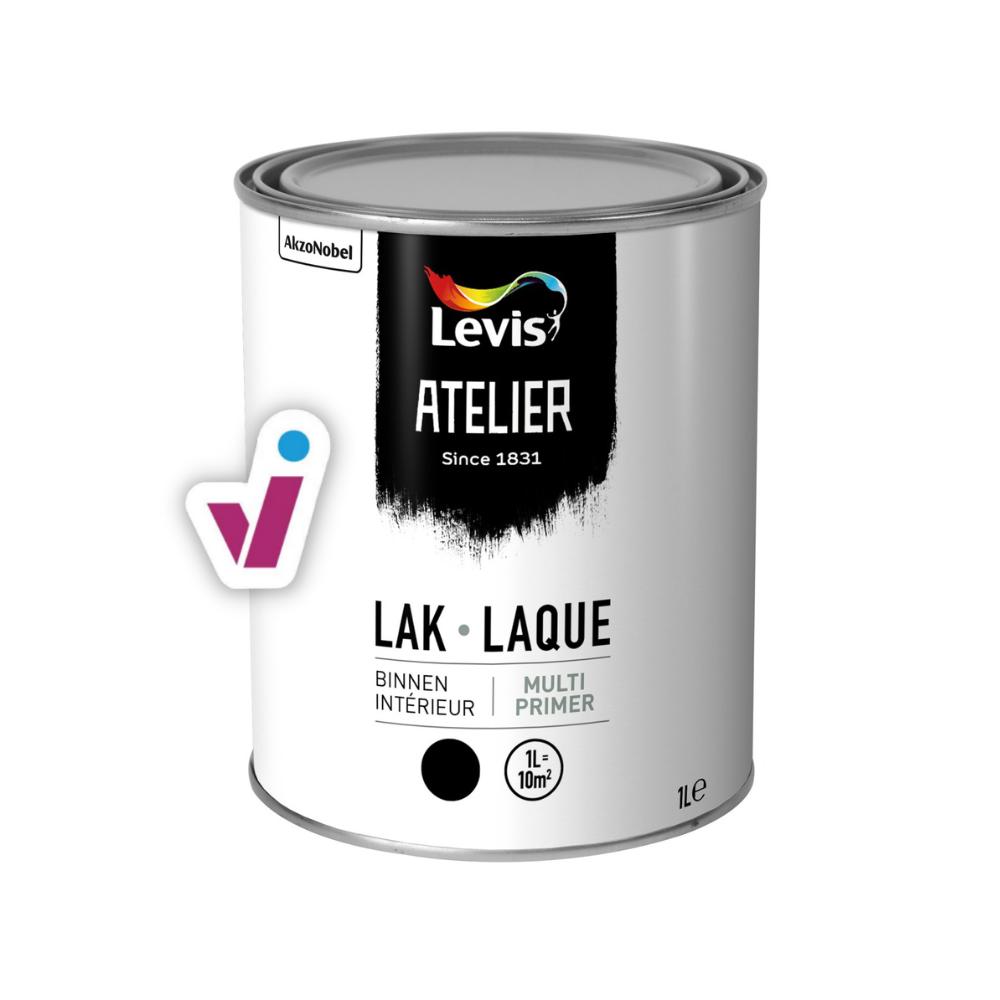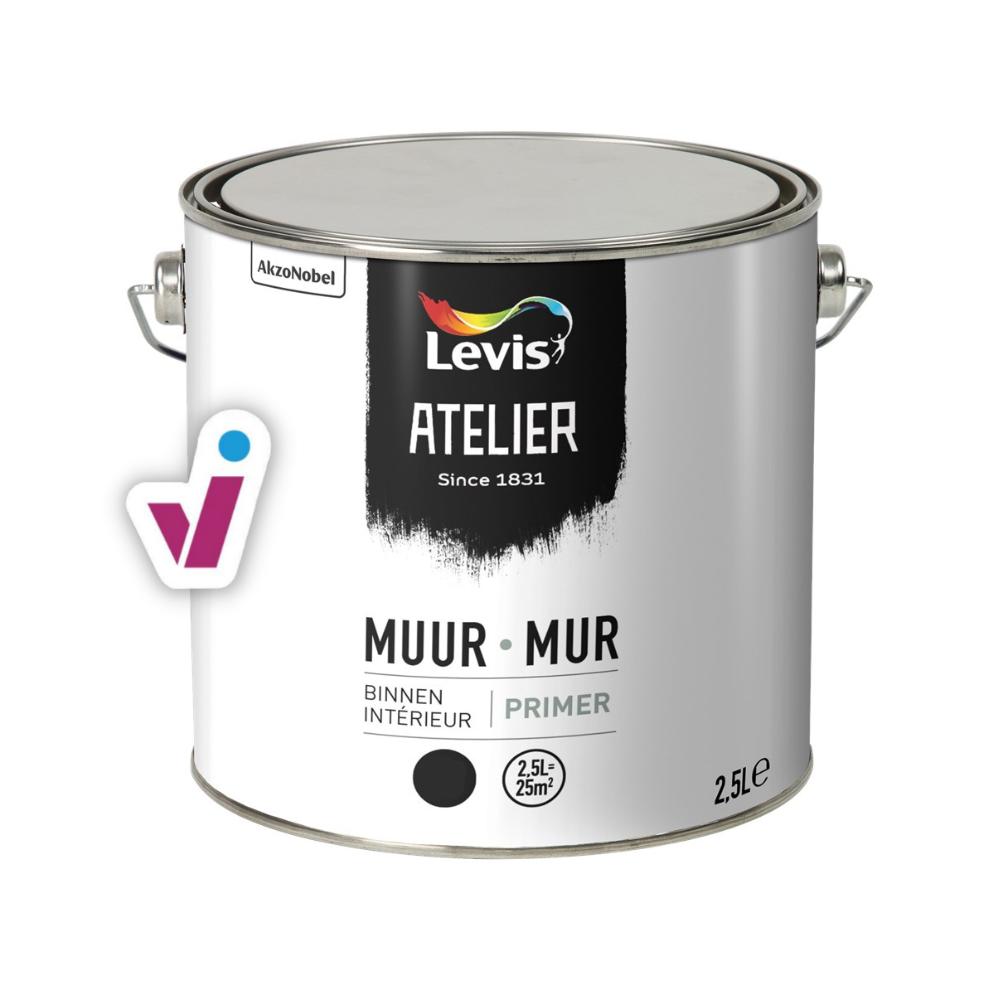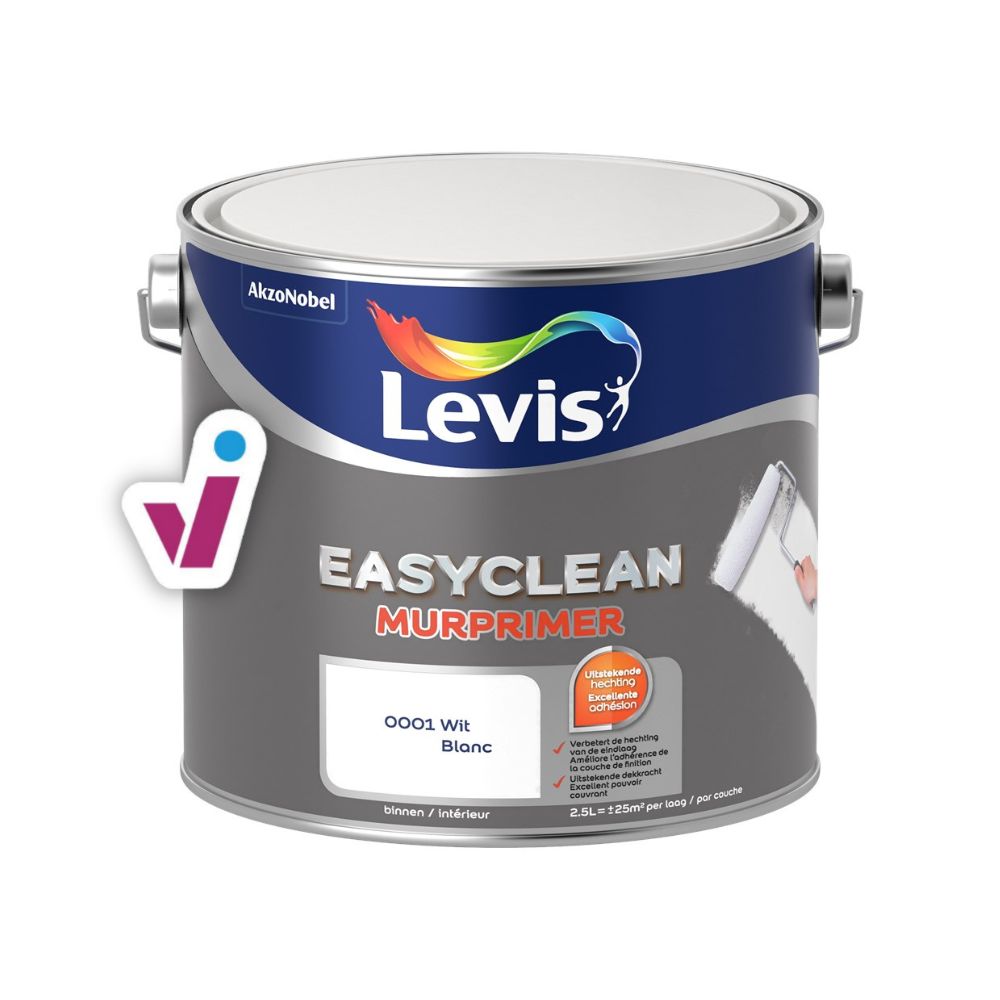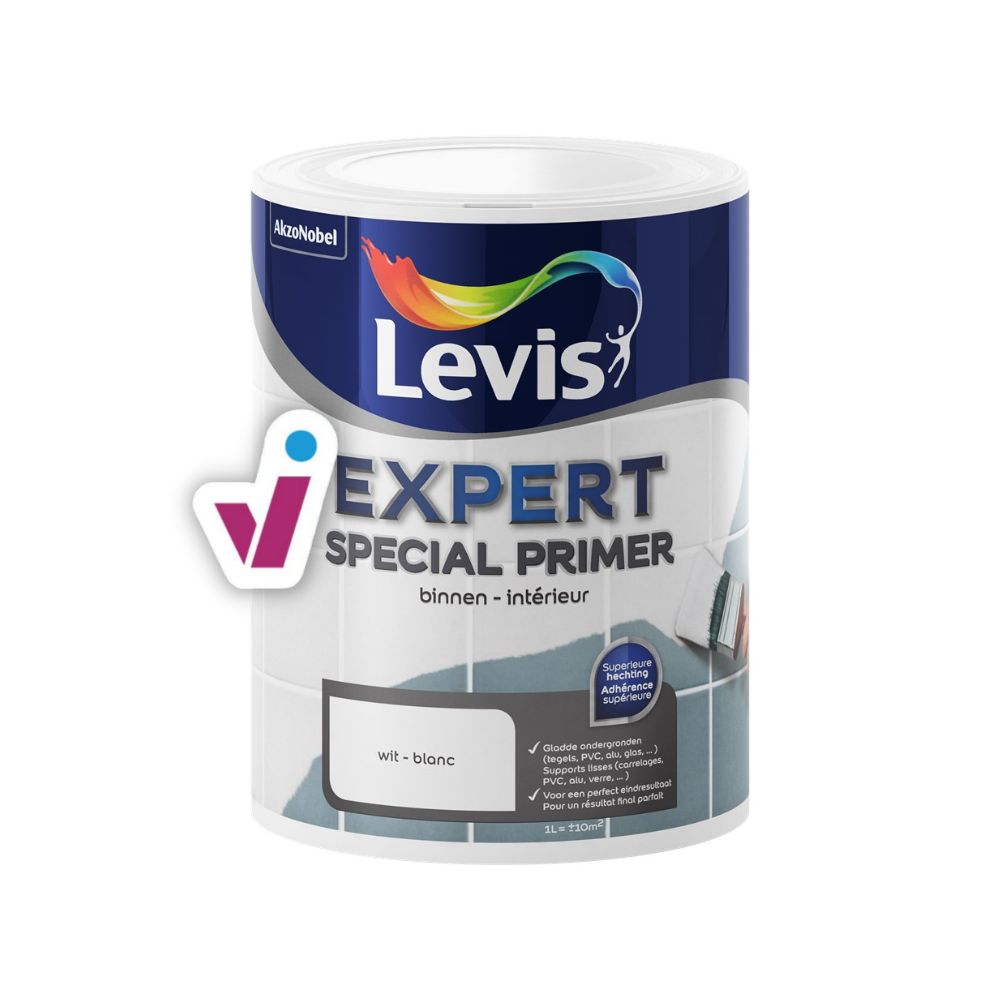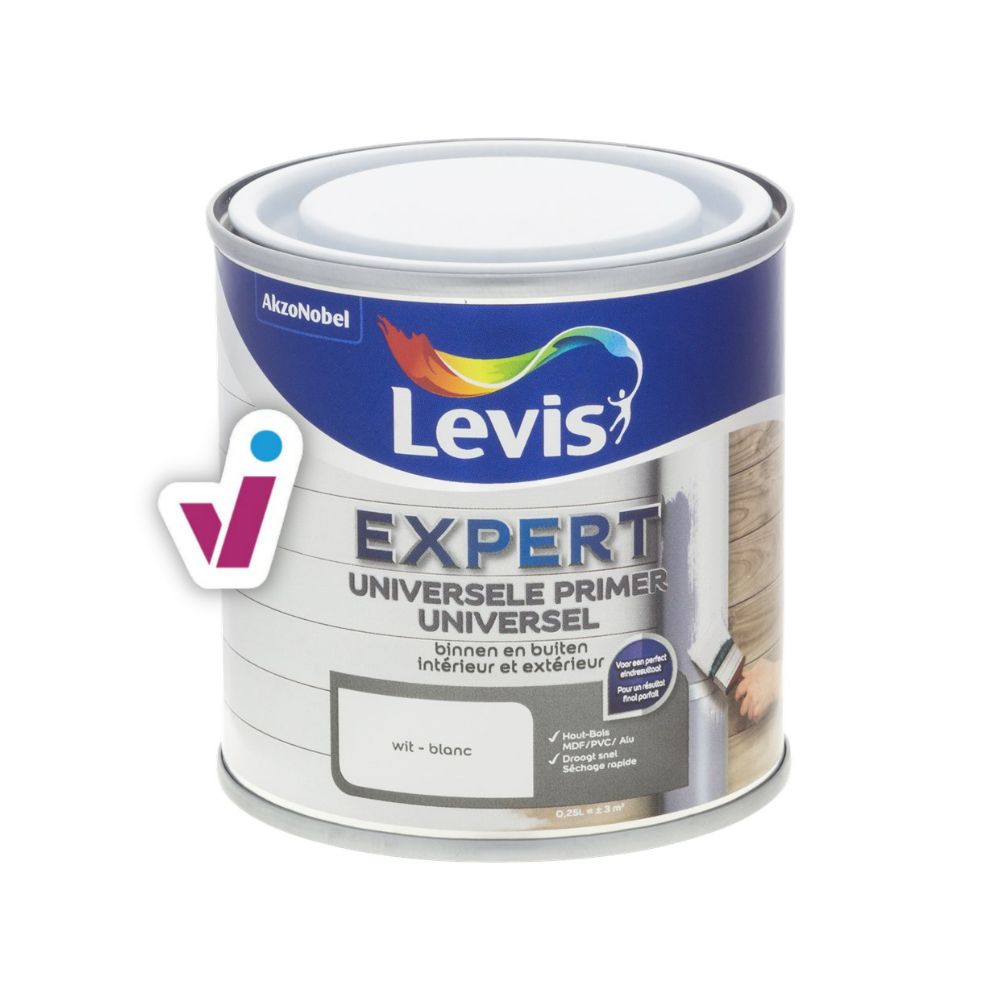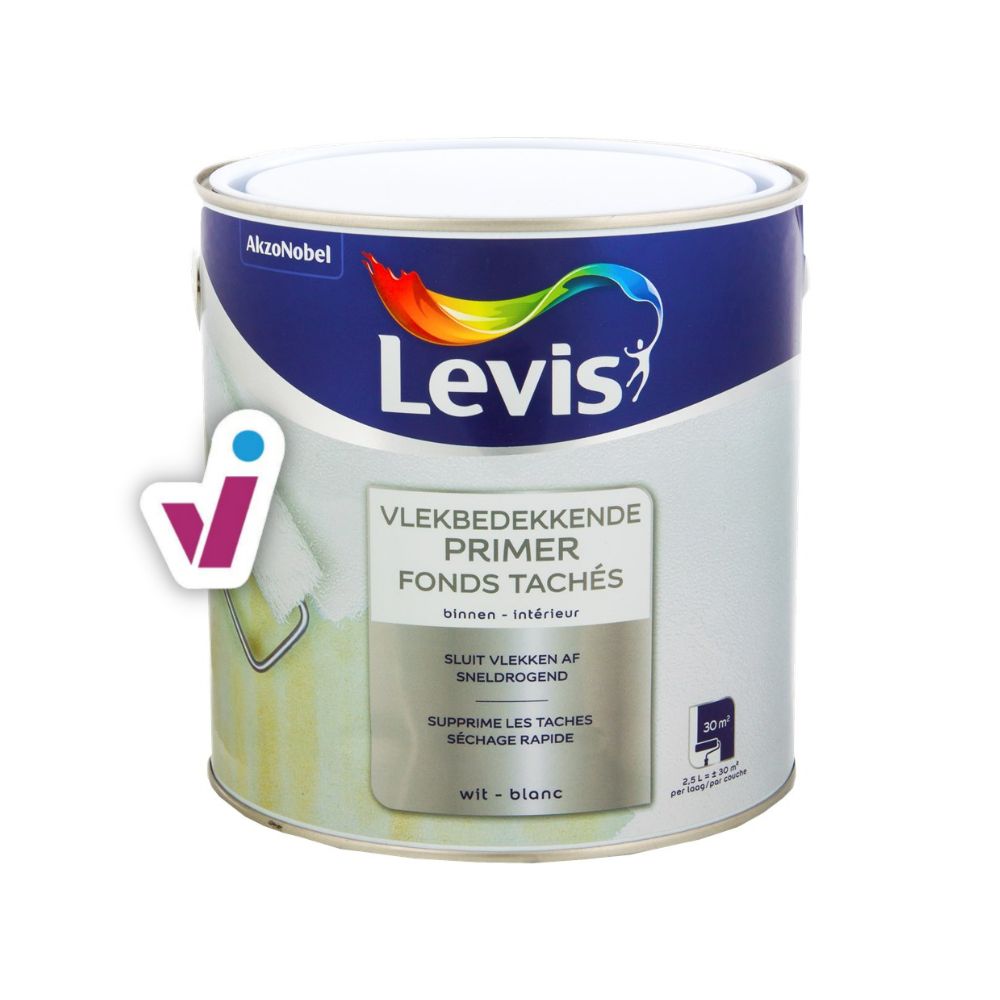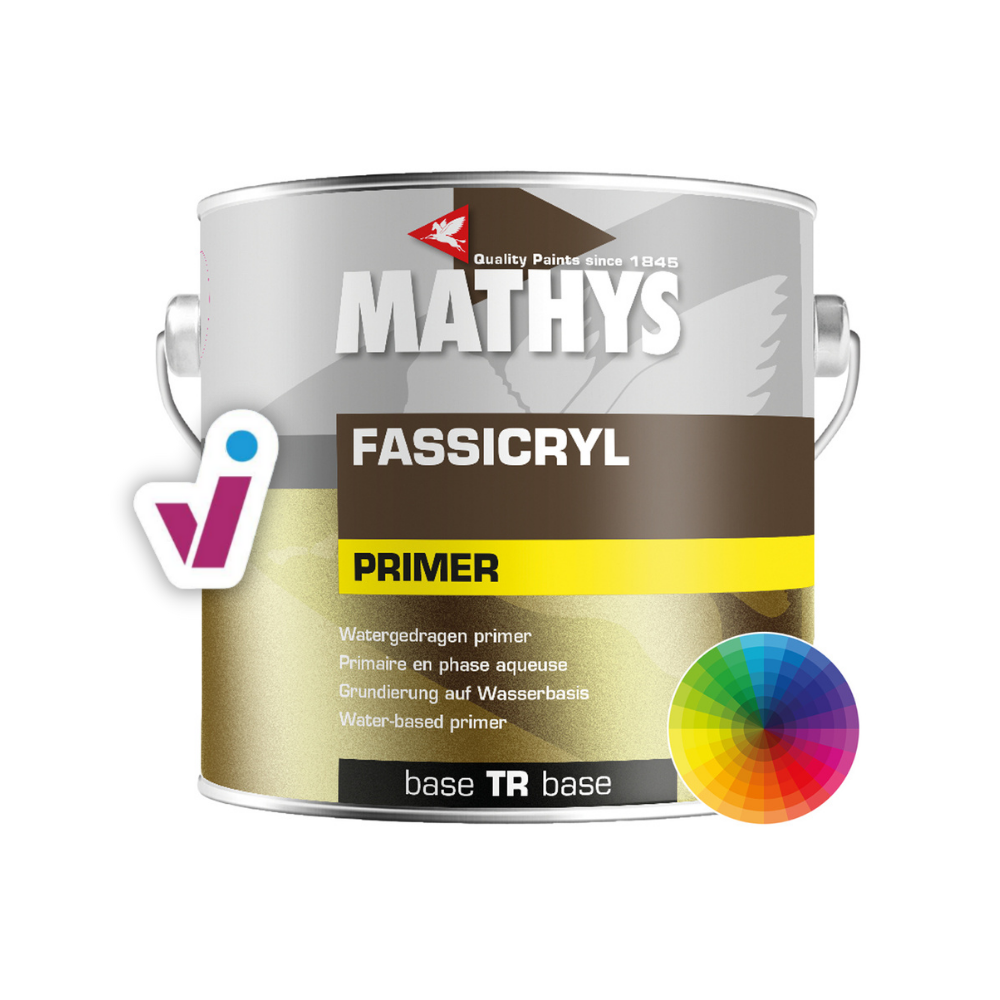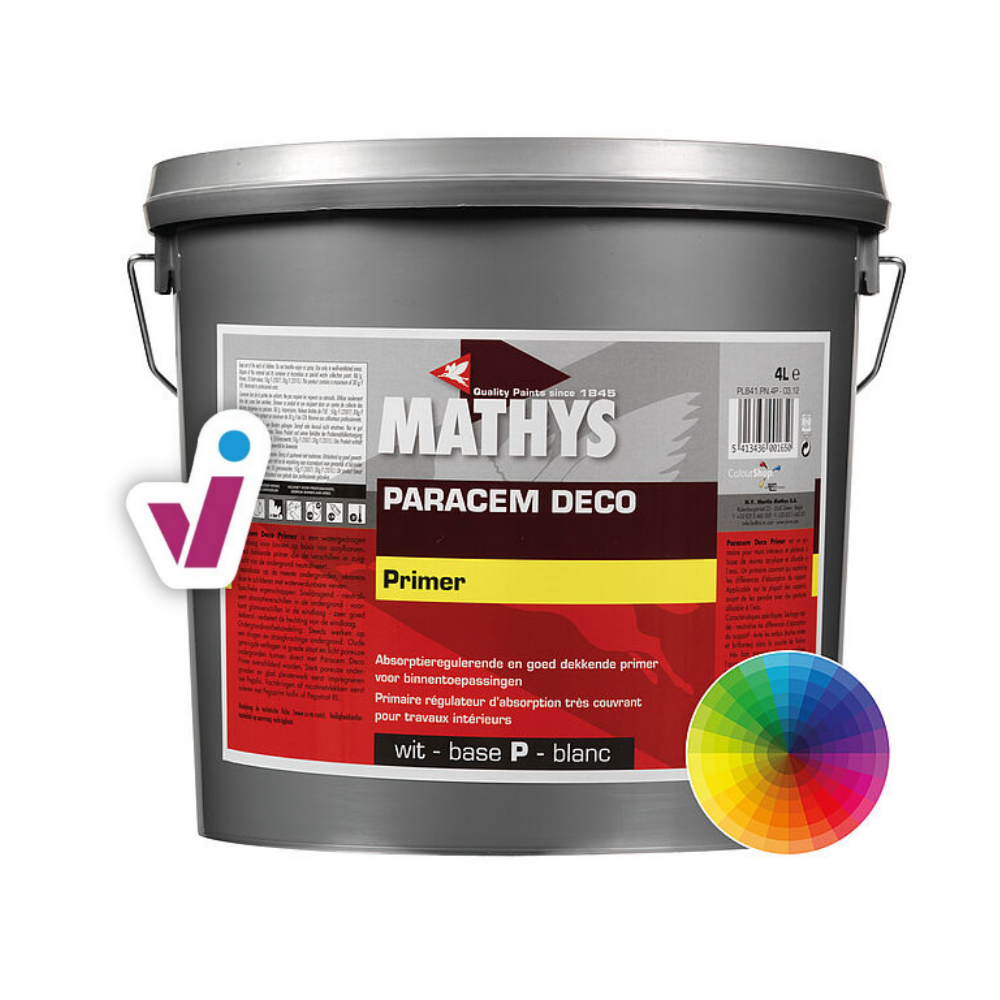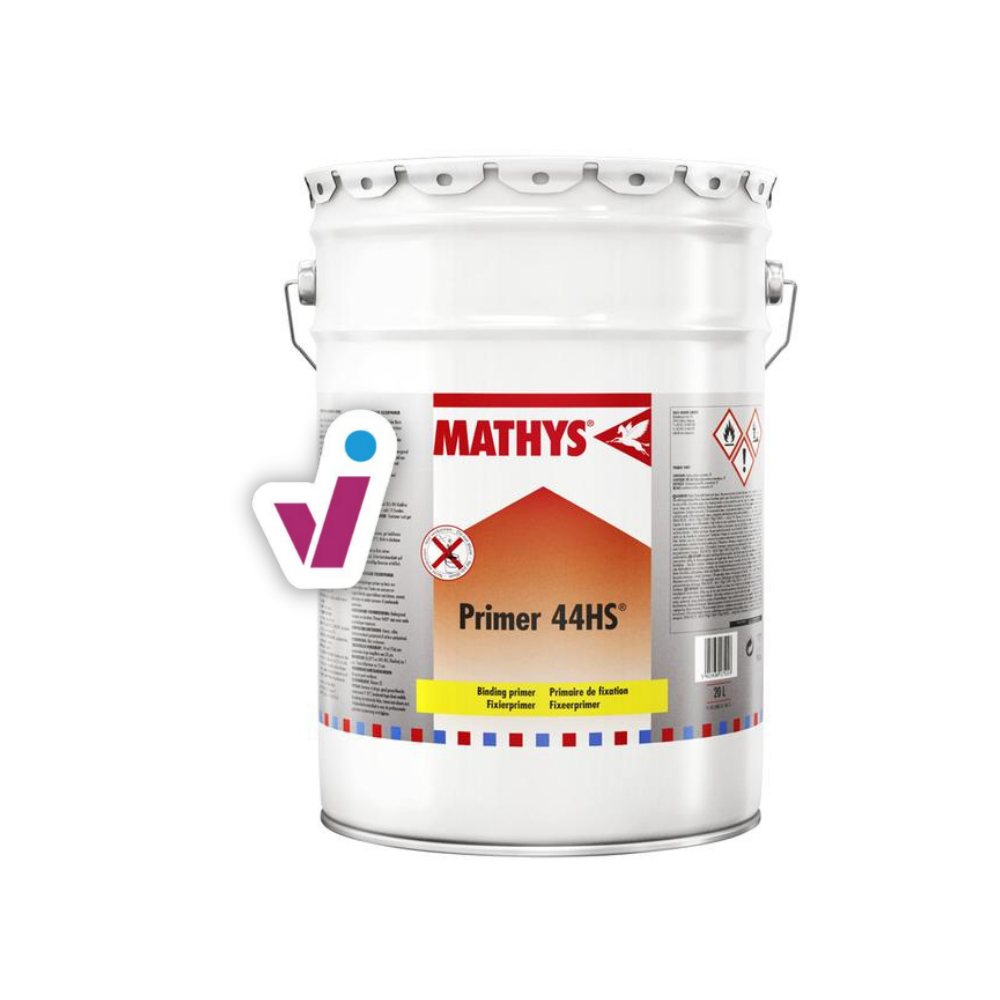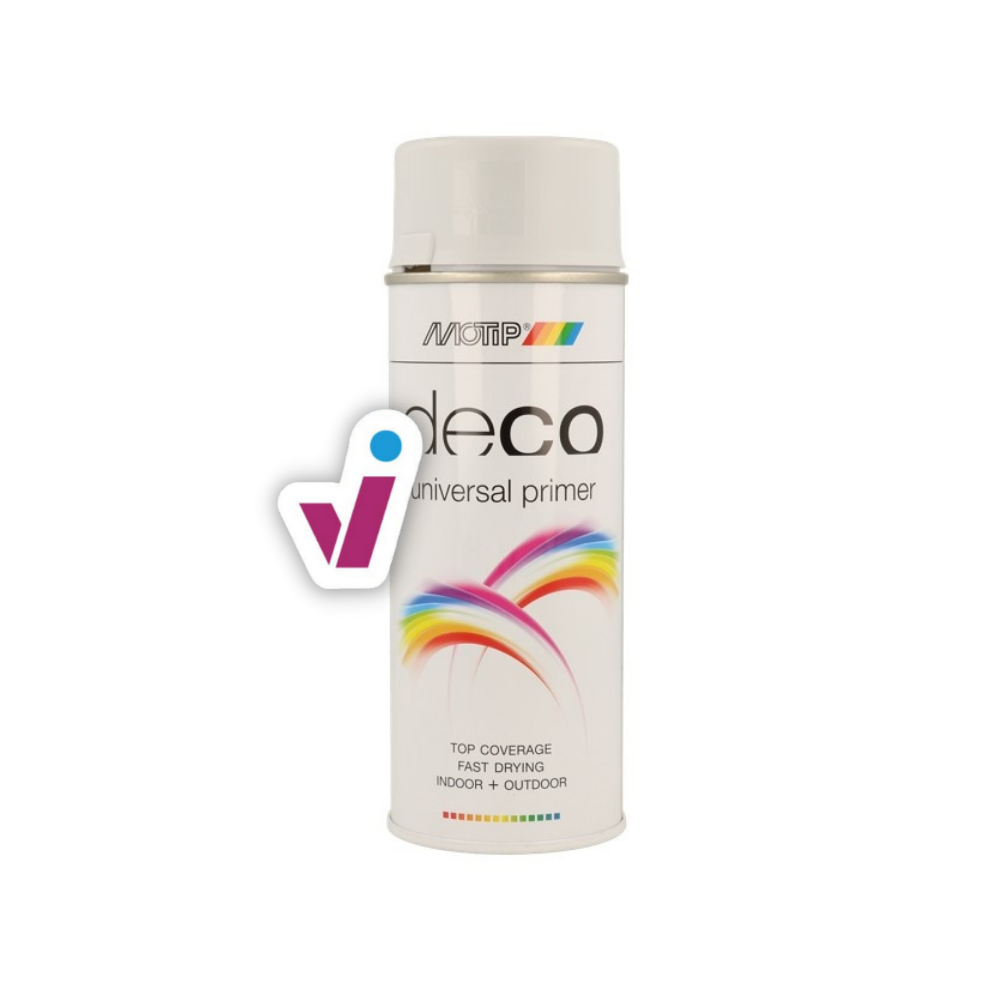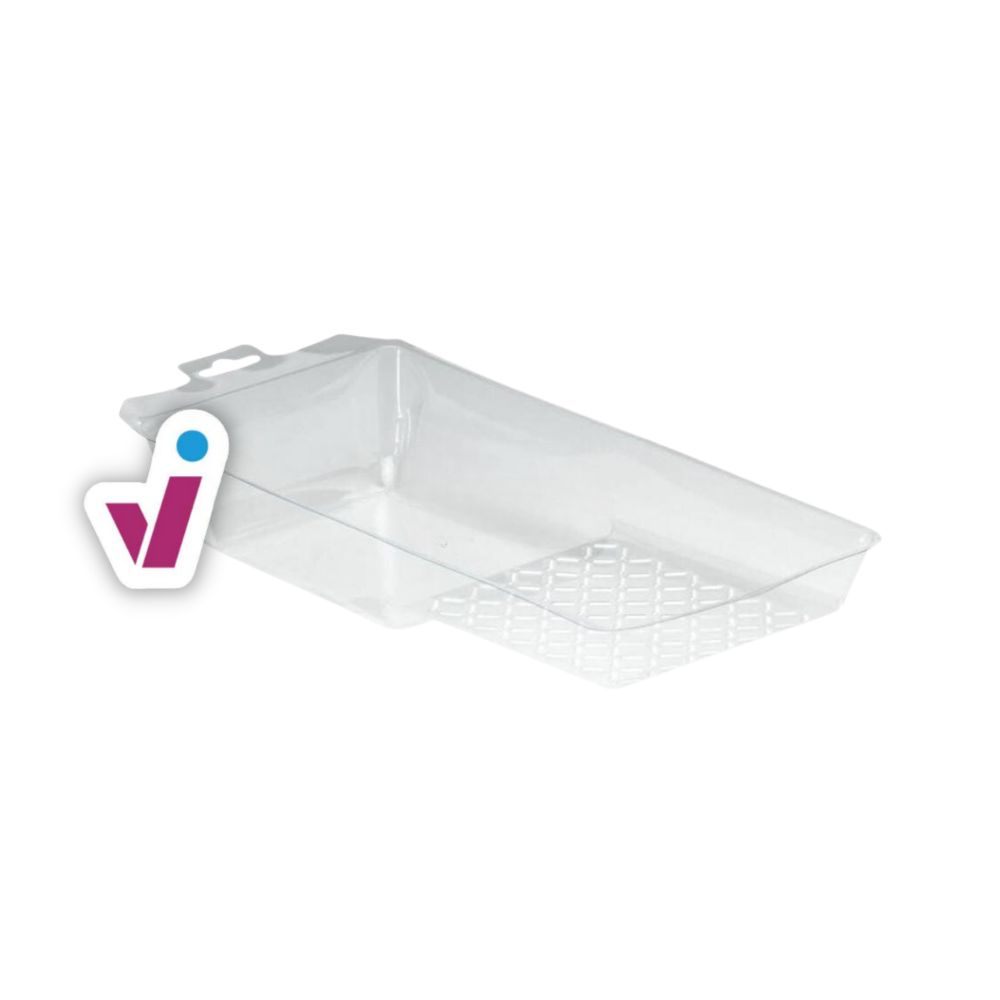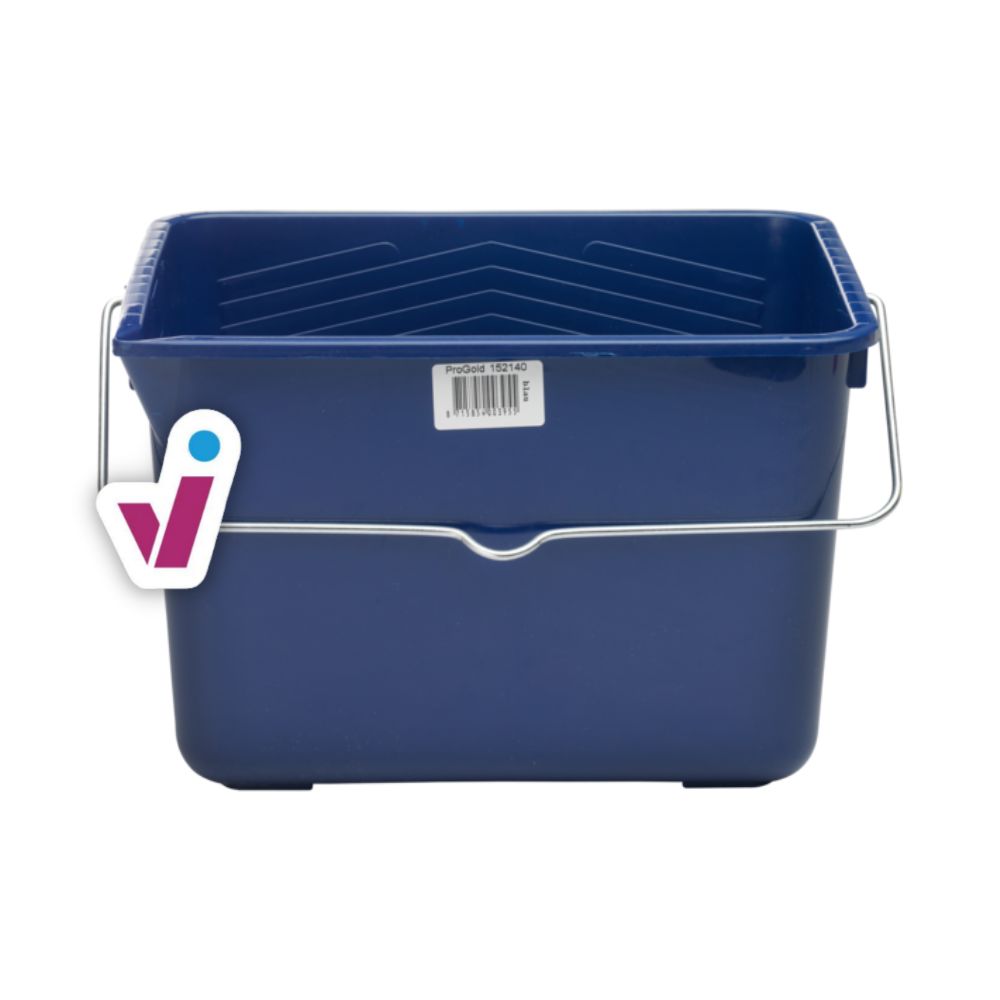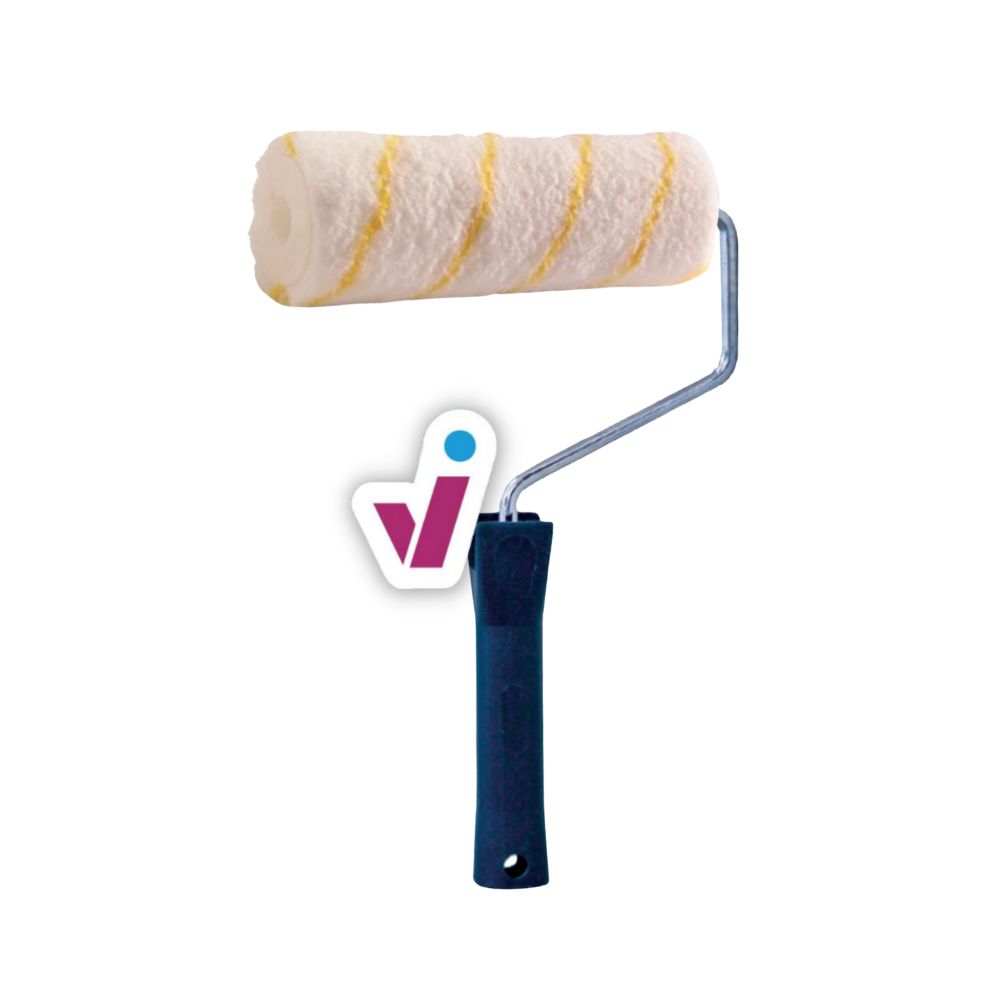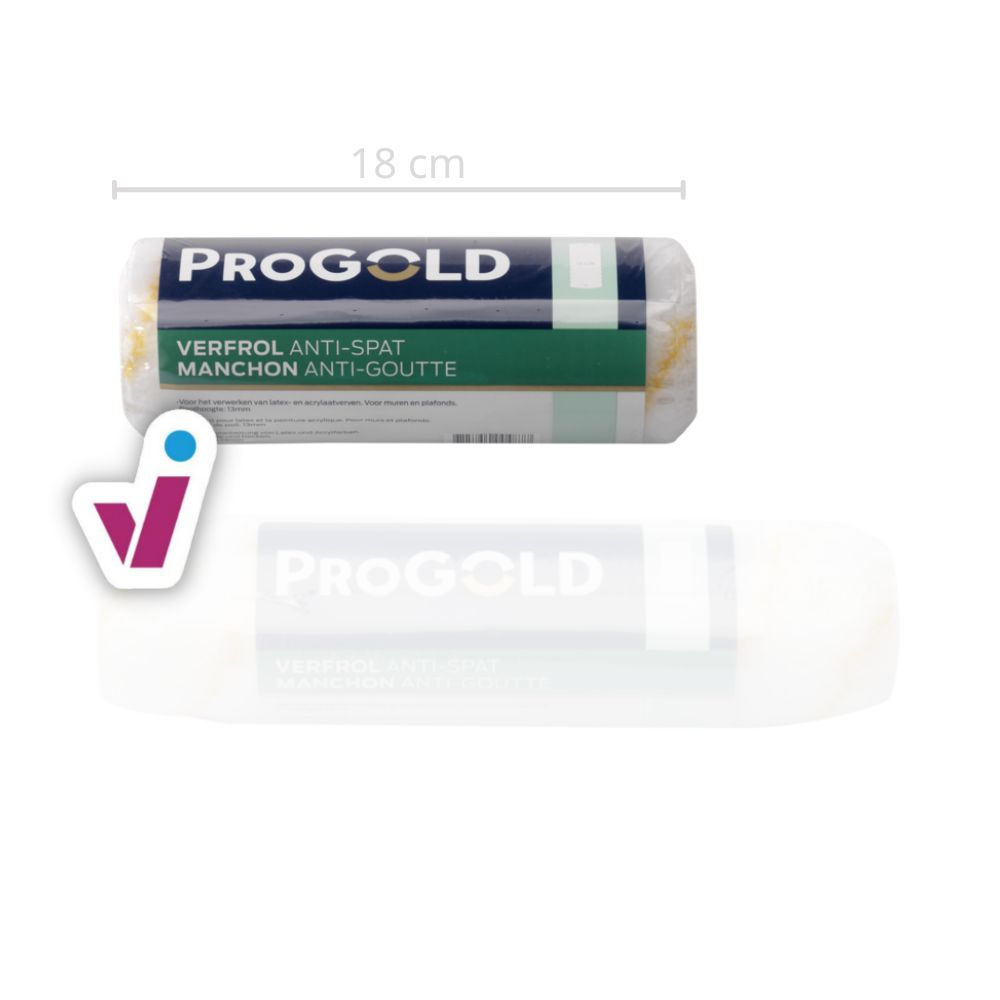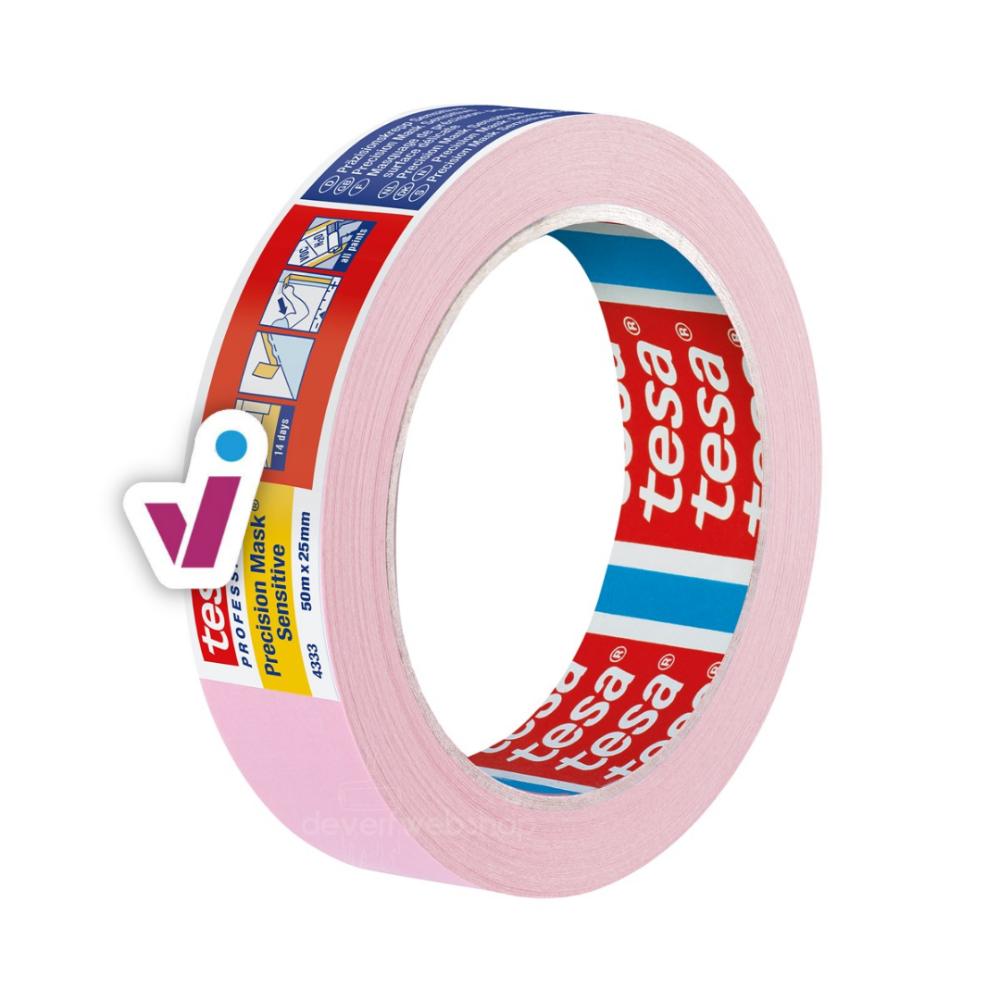Looking for a Trimetal primer for gyproc walls or plaster? Go with this well-covering primer.
What's in it for you
- Solvent-free primer, so no unpleasant odour
- Prevents dull spots in the finish
- Increases coverage with subsequent coats
- Suitable for plaster or plasterboard
- Covers well and is already dry after 1 hour
Trimetal Primer - 10l or 2.5l*
Description
Do you want to paint your plaster or gyproc? Then you obviously need to apply a primer first. For if you are looking for a budget-friendly solution, you can go in with this Trimetal Primer that covers well.
This primer for interior walls will ensure that the absorption rate is evened out on the entire surface. This has the advantage that you will not have any dull spots in the finish.
In addition, this primer will not give you a nuisance odour as the paint is water-based.
Beware: this primer should not be applied to highly powdery substrates. For this, we recommend the superior Trimetal primer Magnaprim Fix.
*2,5 L: can only be mixed in light colours.
Does this Trimetal primer that fulfils all the necessary base quality seem like the ideal primer for your budget-friendly home? 👉 Then be sure to check out our concise step-by-step plan under the ‘how to use’ tab.
Key features
- Prevents the risk of dull spots in the finishing coats and increases the opacity.
- Reduces and evens out the absorption of very porous surfaces such as plaster, aerated concrete, fibreboard and
stucco. - Is a SF (Solvent Free) grade and emission-free or no indoor air quality impairment.
- An opaque water-based primer with no annoying odour, which dries quickly.
- Fixes non-cohesive or slightly powdery substrates.
- IAQ or emission indoor air quality: class A+
- Water vapour permeability
Ordered before 4 pm, shipped the same working day
Which shipping methods can you choose from?
- Service Point Delivery: An environmentally friendly alternative if you pick up your package(s) by bike or walking, or simply handy when you can't be at home.
✅ free for orders above € 75; otherwise € 4,95 - Home Delivery: have your products delivered at home or at any address you choose, by Bpost or PostNL.
✅ free for orders above € 75; otherwise € 6,95 - Collect in store in our service point in Stekene is also possible.
✅ always free
Can I return this product?
| Application method: | Airless, Paint brush, Paint roller |
|---|---|
| Coverage: | 8-10 m²/l |
| Gloss level: | Velvet |
| Opacity: | Opaque |
| Purpose: | Ceiling, Walls |
| Base: | Water-based |
| Interior / exterior: | Interior |
| Substrate: | Brick, Cement, Intact paint layer, OSB, Plasterboard, Stucco |
| Area: | Bathroom, Bedroom, Child's room, Hallway, Kitchen, Living room |
| Characteristics: | 1-component, Low odour, Quick drying, Water vapor permeable |
| Product type: | Primer |
How do you use Trimetal Magnaprim Fix?
Preparation: Clean the wall and make sure it is dust-free. If you have cracks or fissures, first work them away with a suitable Pollyfilla product. Then you can lightly sand and dust the surface if necessary. Of course, the last step in your preparation is to cover anything you don't want to paint, such as a radiator with cover foil and a window or door with masking tape.
Application: Applying the primer is easy with an antispatter paint roller and in the corners with a paint brush. The fixing primer covers in one layer and increases the adhesion of your finishing coat.
Finishing: Overcoat your primer with a wall and ceiling paint , such as Trimetal Magnacryl. You can do this after only 4h.
Good luck! 😉
A more comprehensive step-by-step plan for your painting project can be found below. 👇
How do you use Trimetal Primer?
Preparation: Cover everything you don't want paint to splash on. For example, you can put cover cardboard on the floor, apply cover film over cabinets and use masking tape for the edges of your walls. Personally, we think purple masking tape is the best for unpainted wall surfaces.
In addition, you also prepare the wall surface to be painted. For dirty walls, be sure to degrease, sand and dust the surface.
Application: The primer is ready for use immediately after stirring. Apply 1 coat of Trimetal primer with a roller. For the edges, you can of course use a brush.
However, are you dealing with a highly absorbent substrate? Then we recommend diluting the paint up to 10% so that it penetrates even deeper into your substrate. How exactly you can tell if you are dealing with a highly absorbent substrate is actually quite simple using some water in a plant sprayer. You mist the wall with some water; if the water soaks into the wall almost immediately, your wall is highly absorbent.
Finish: This primer belongs to Trimetal's basic range, which is interesting if you are looking for a budget-friendly paint. To stay in the same basic range of Trimetal paints, you can finish with 2 coats of Trimetal Mat, a matt wall paint or Trimetal Soft for a subtle sheen on your walls.
A more comprehensive step-by-step plan for your painting project can be found below 👇
How much Trimetal Primer do I need?
On average, you will paint around 10m² with 1 litre Trimetal Primer. So with a 10l pot of Trimetal Primer, you can cover about 100m².
| Size | Surface in 1 layer |
|---|---|
| 2,5 litres, white or mix colour | ± 25 m² |
| 10 litres, white colour or mix colour | ± 100 m² |
Note: your exact consumption depends on your painting style and the absorbency of your substrate. So bear in mind that it may vary slightly from the average yield.
More Trimetal
Also interesting
Useful tools


